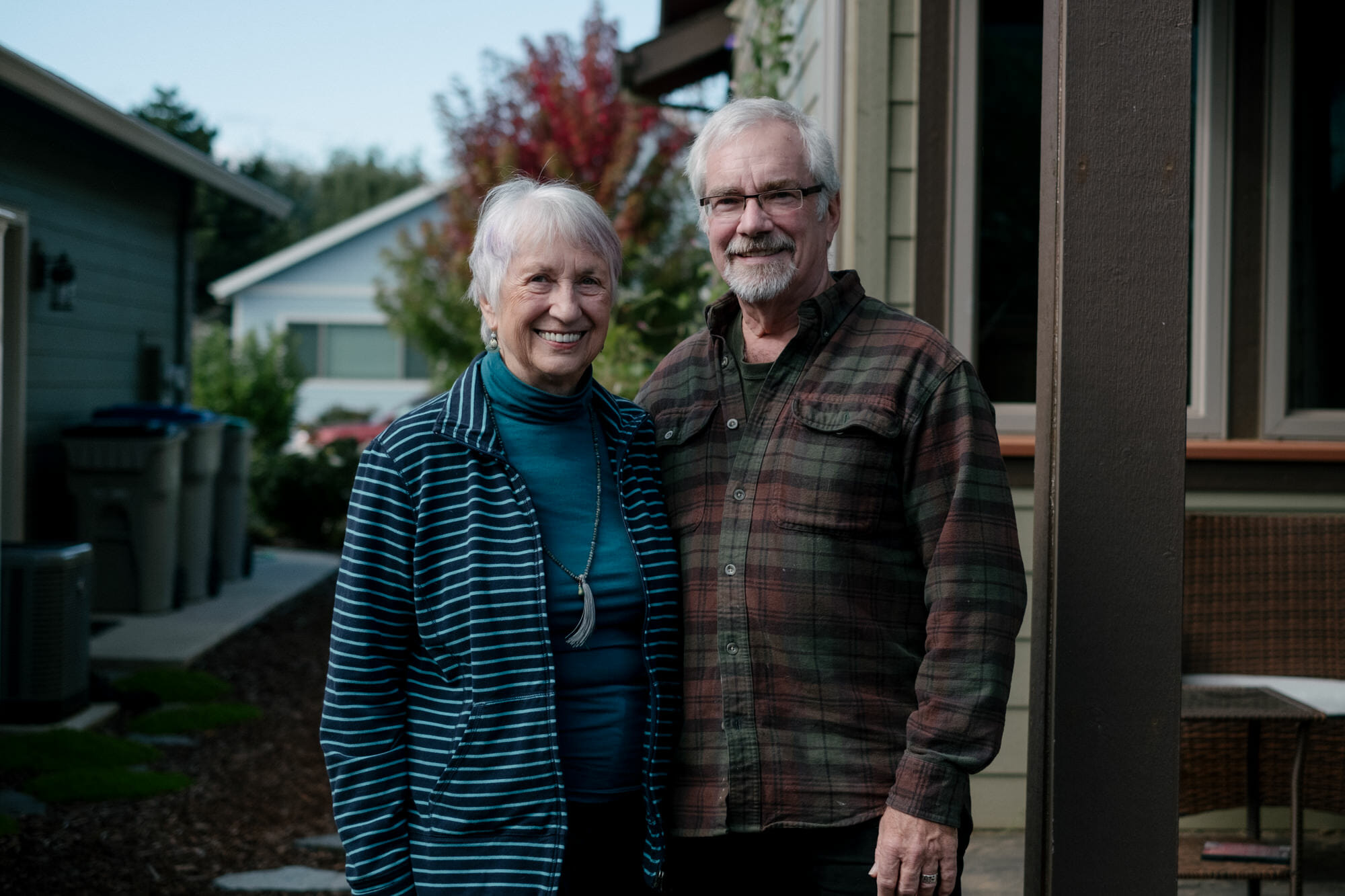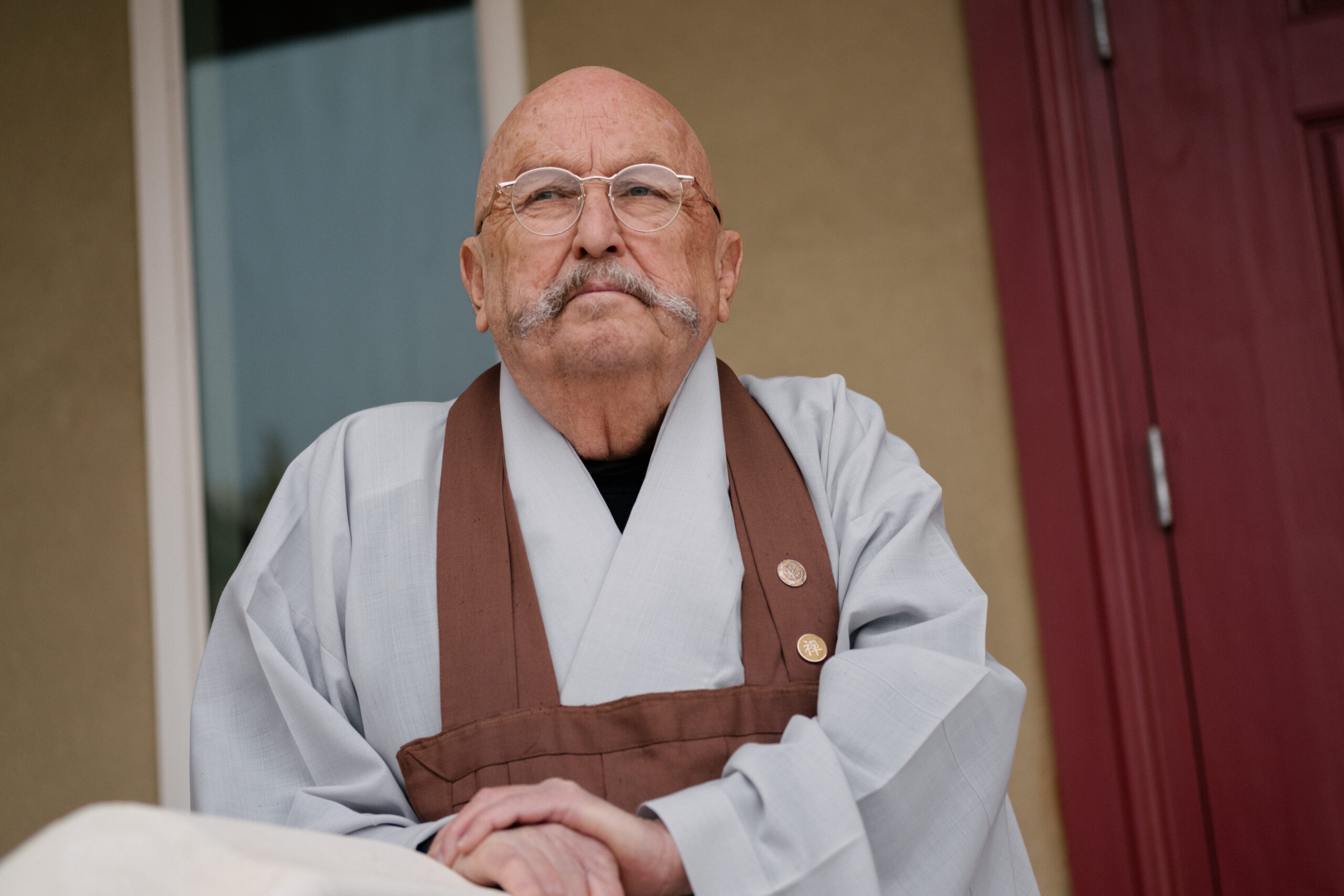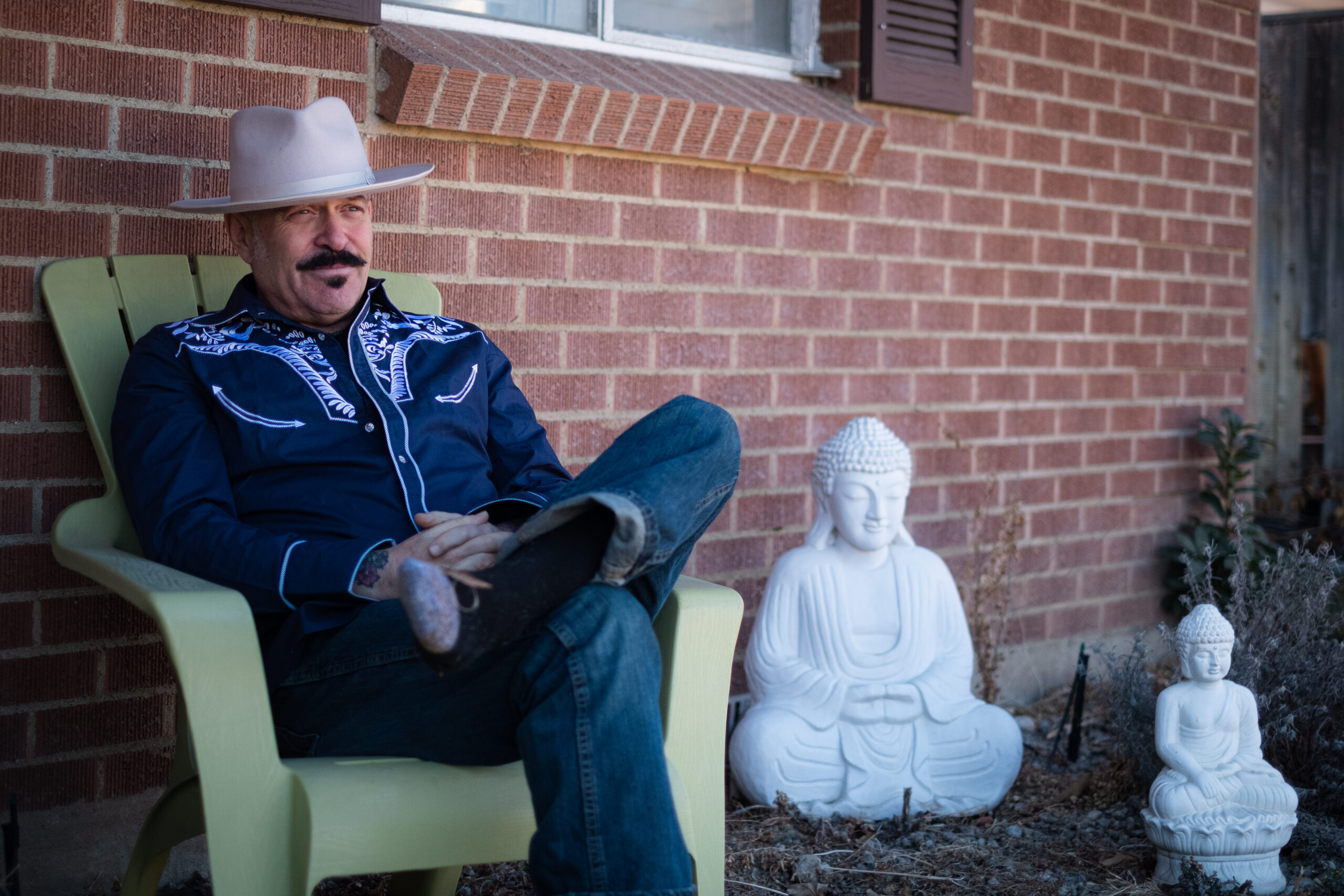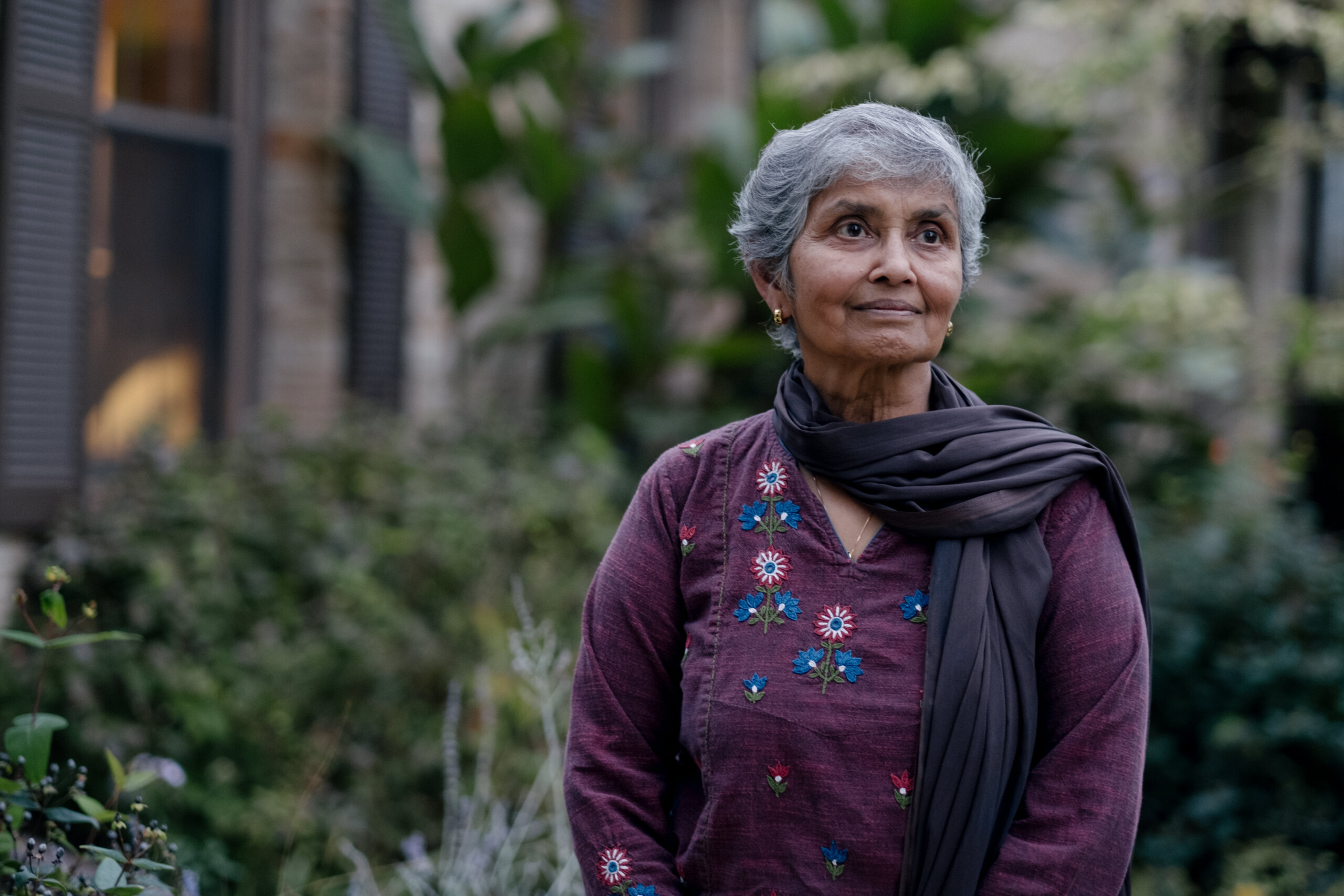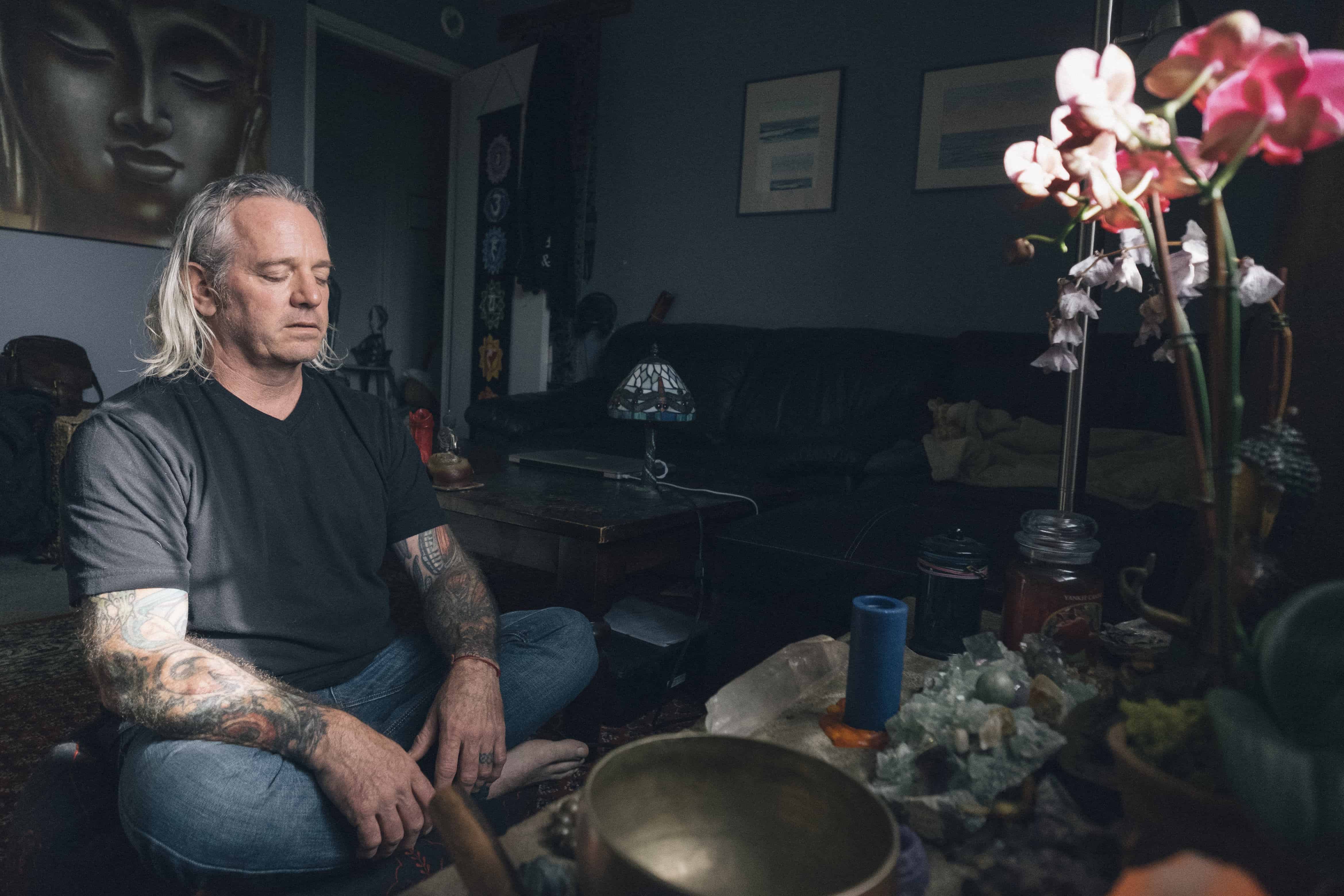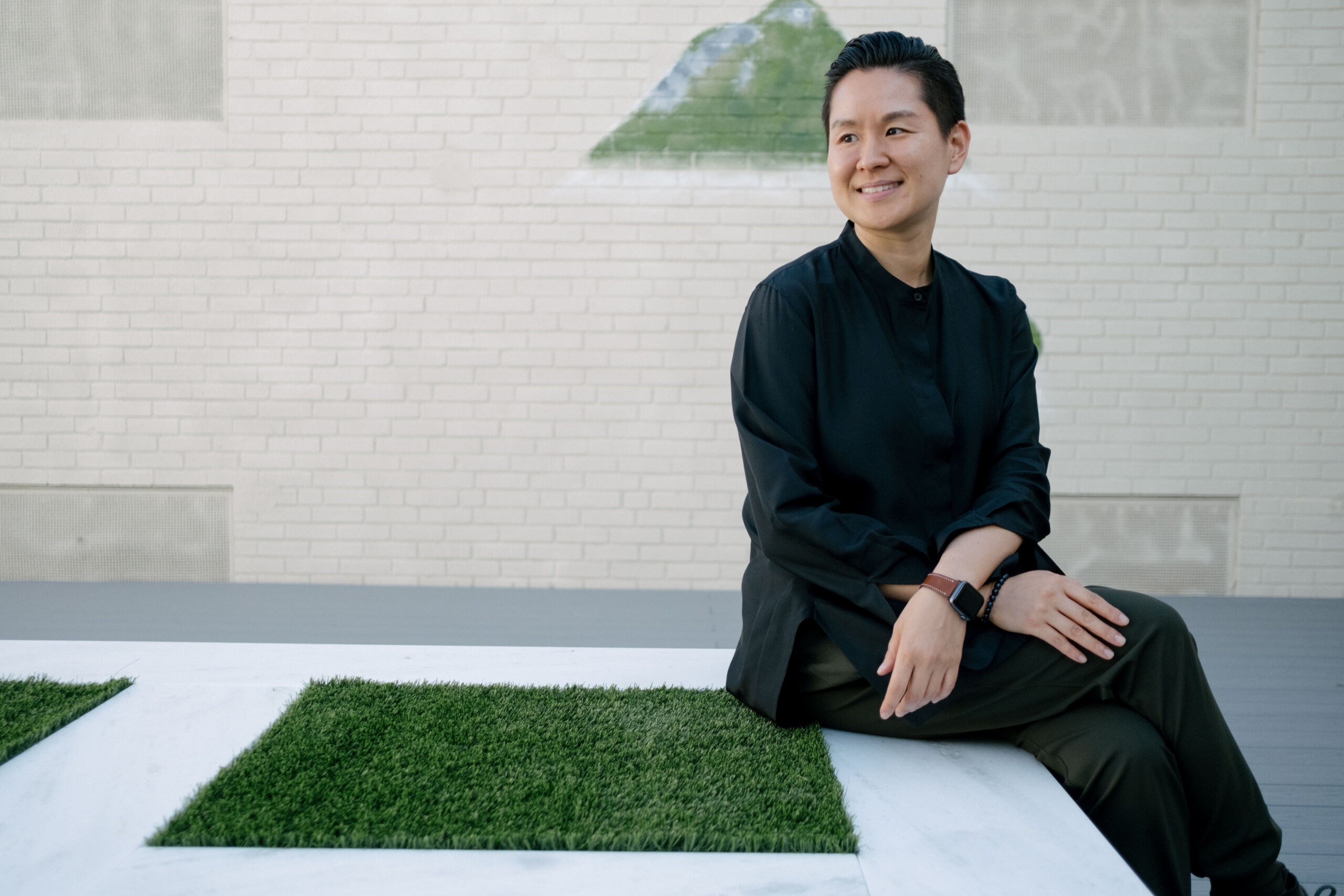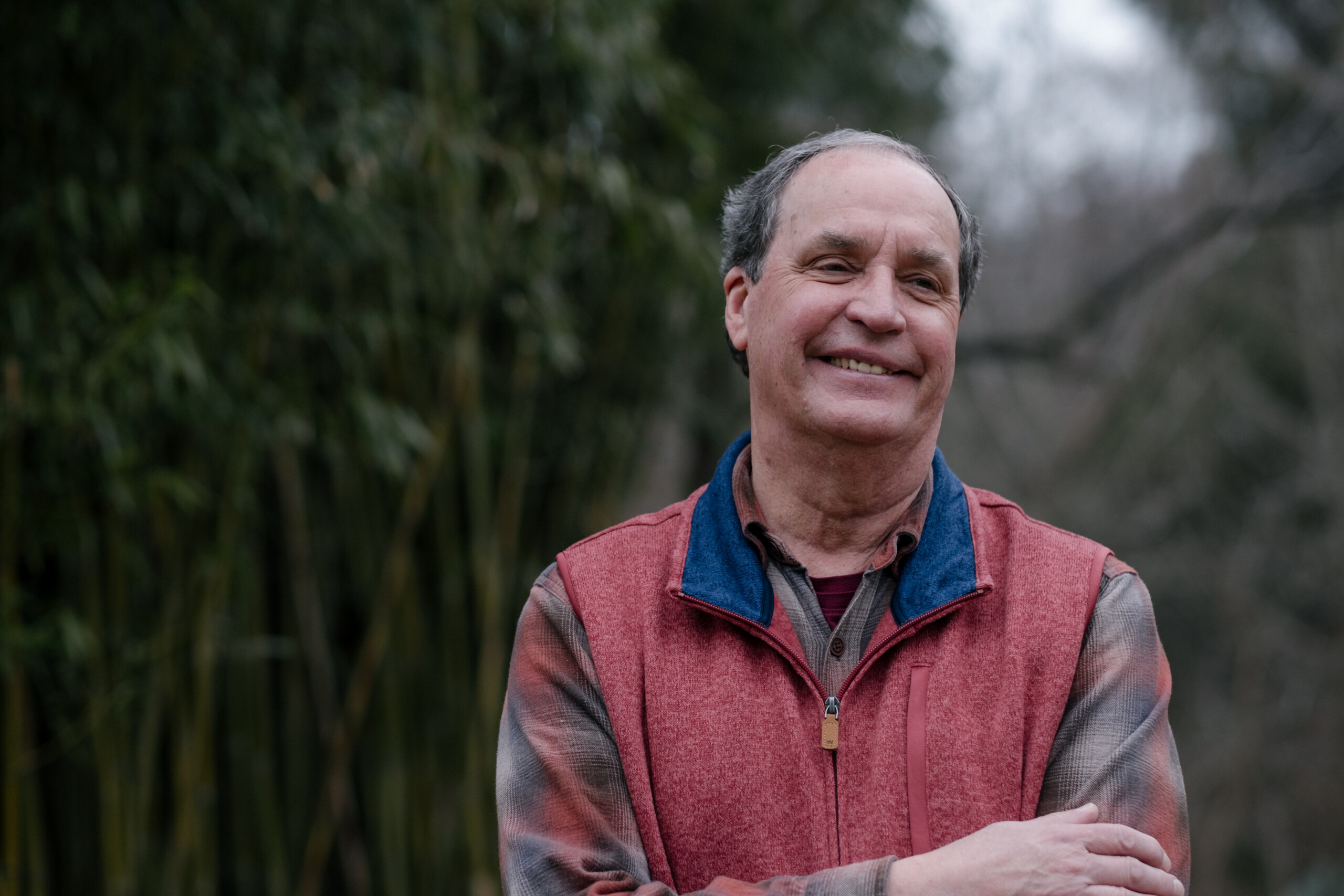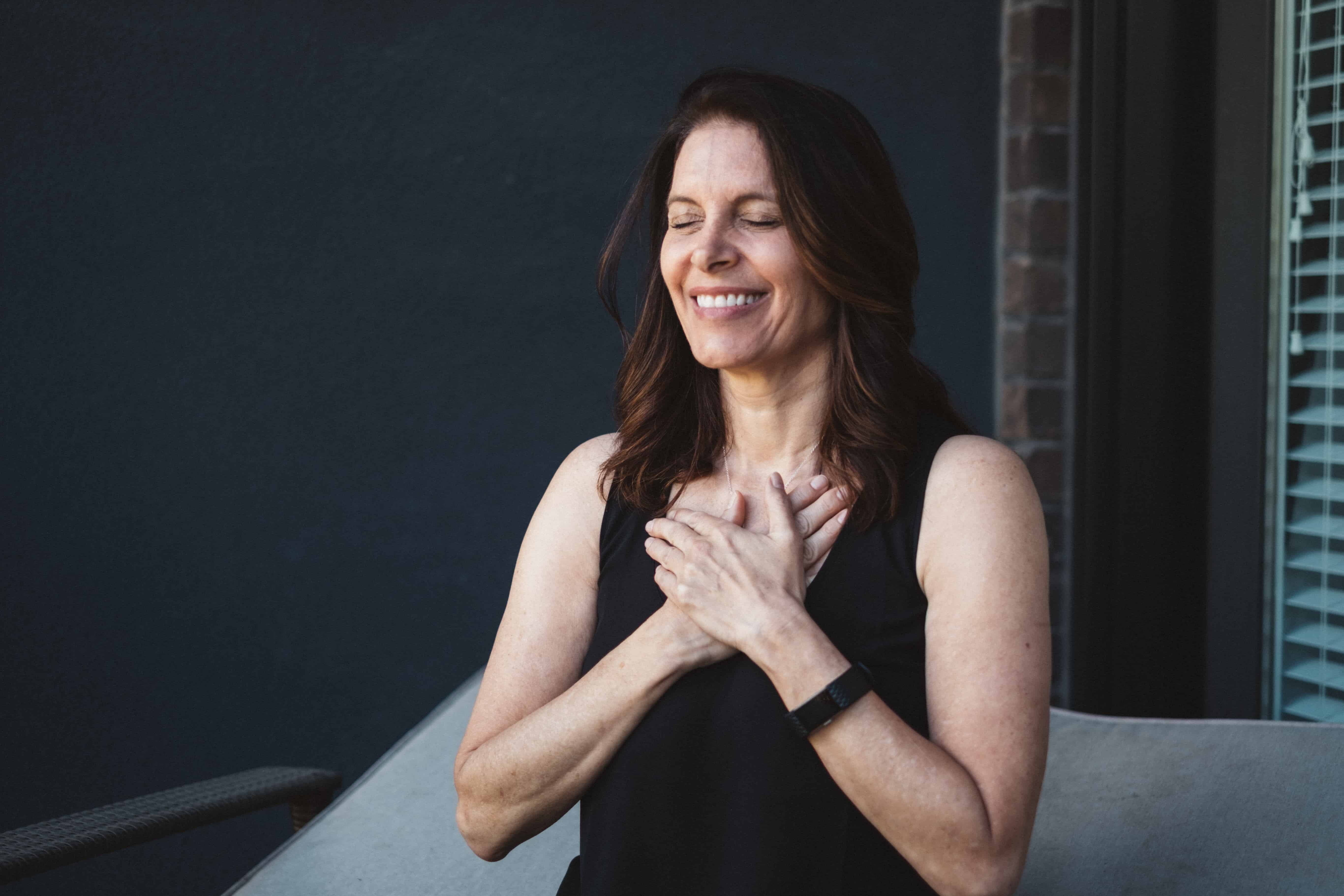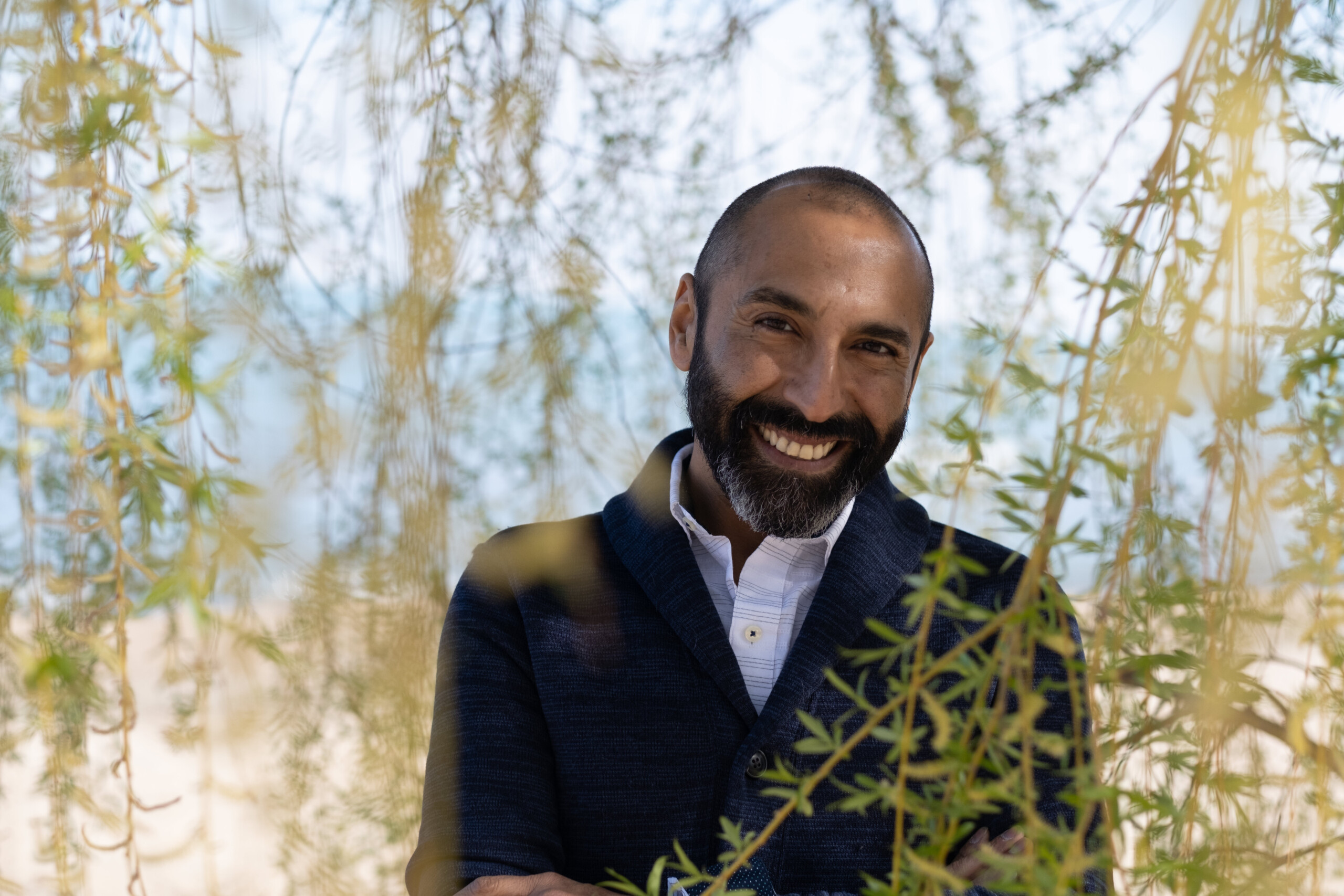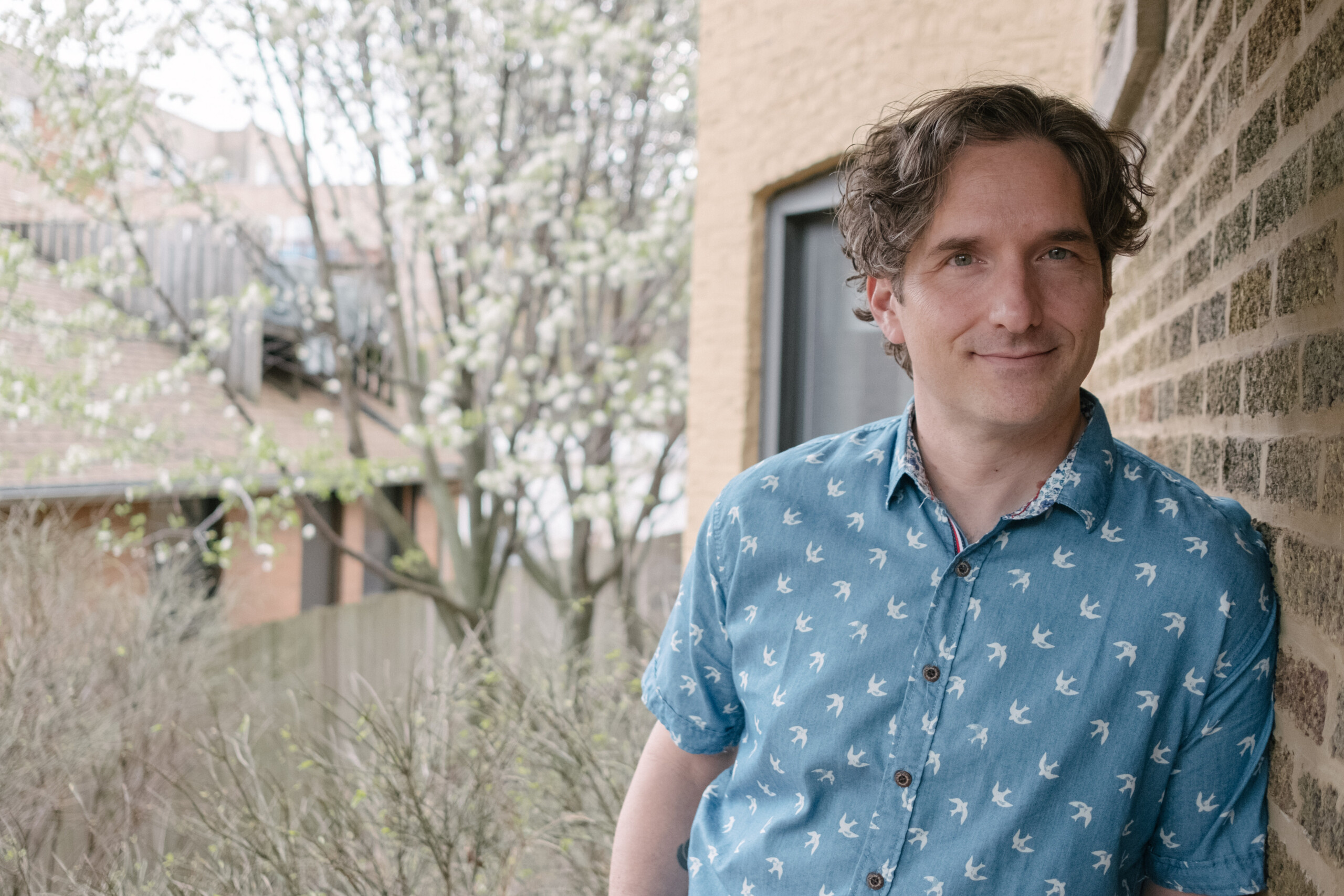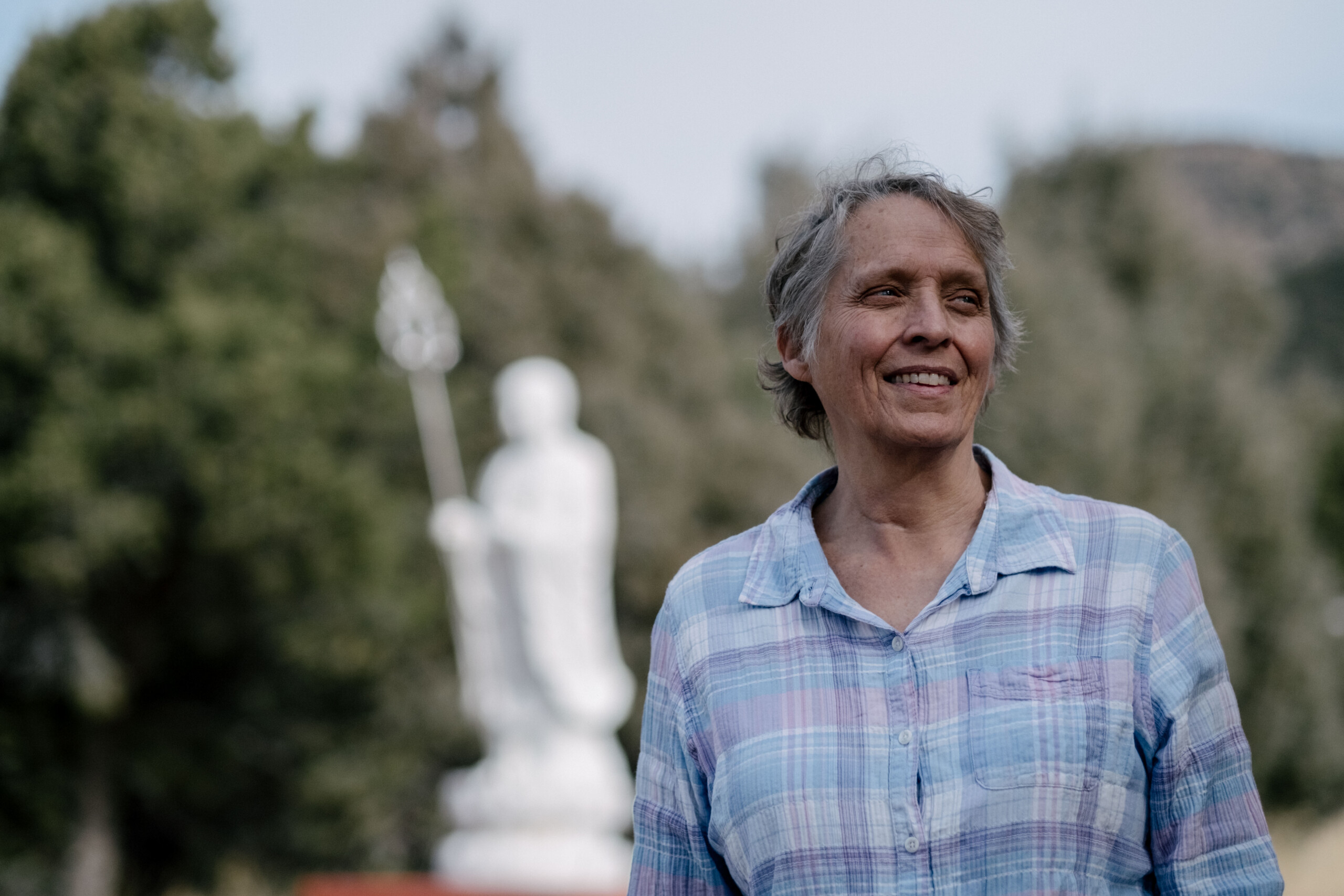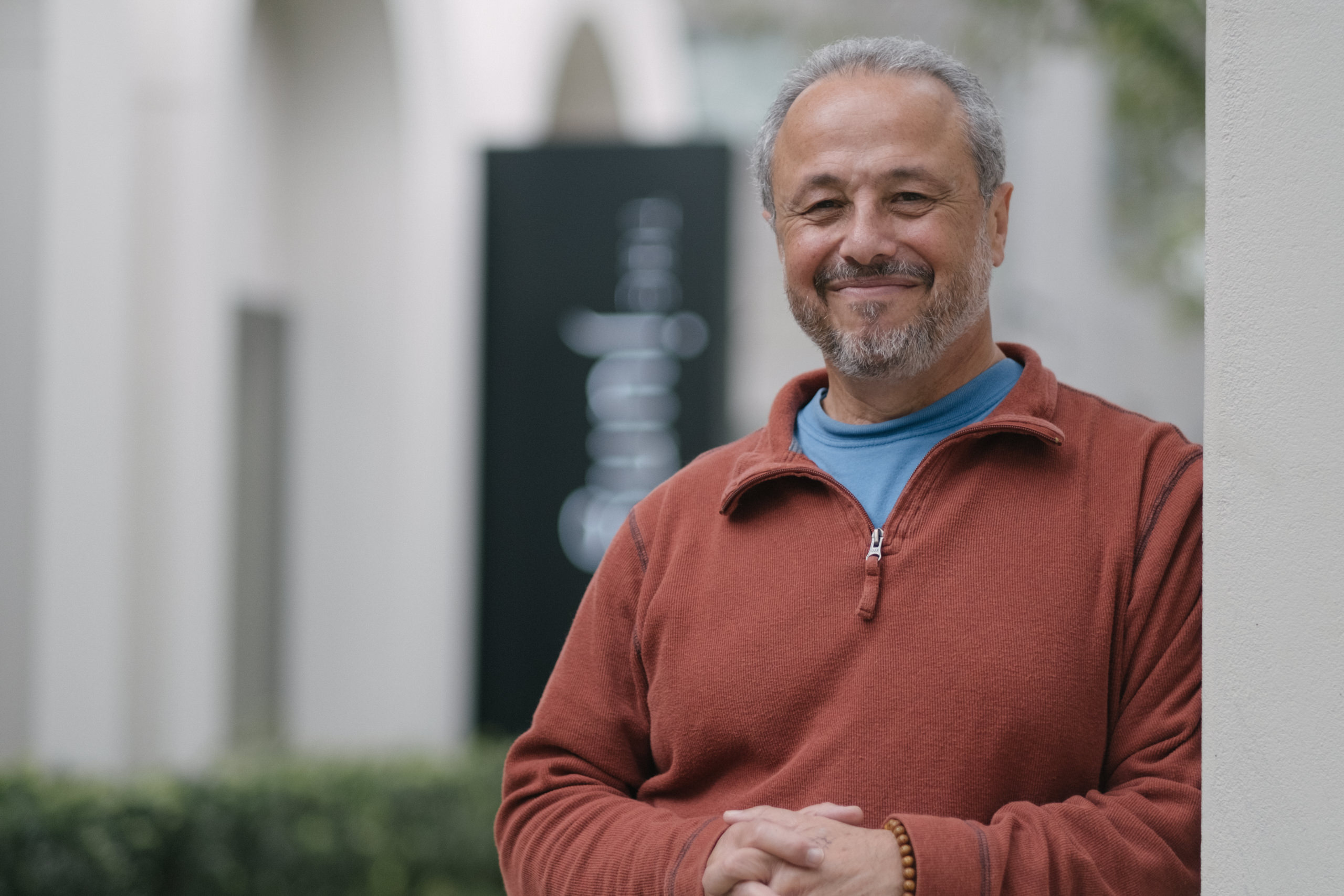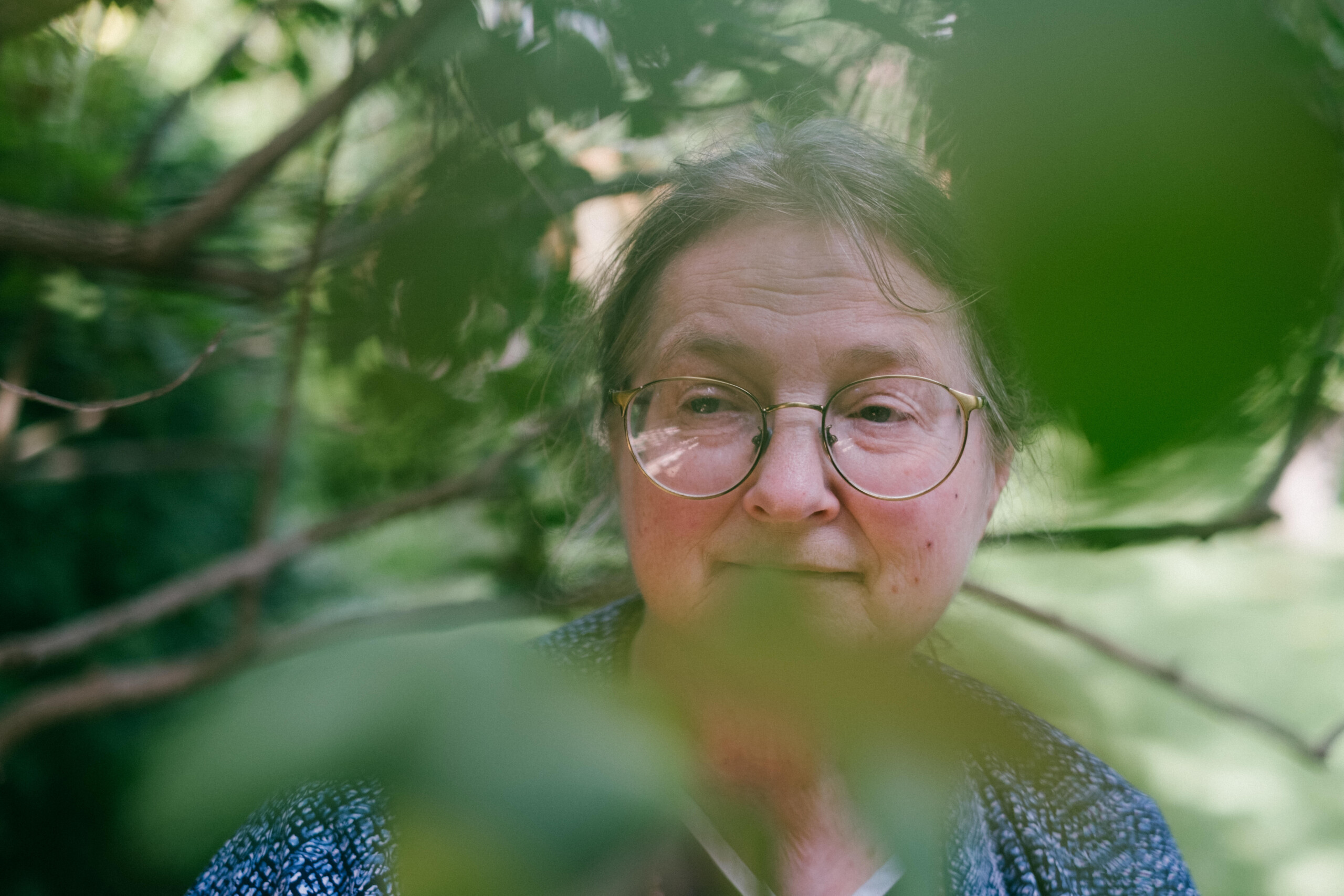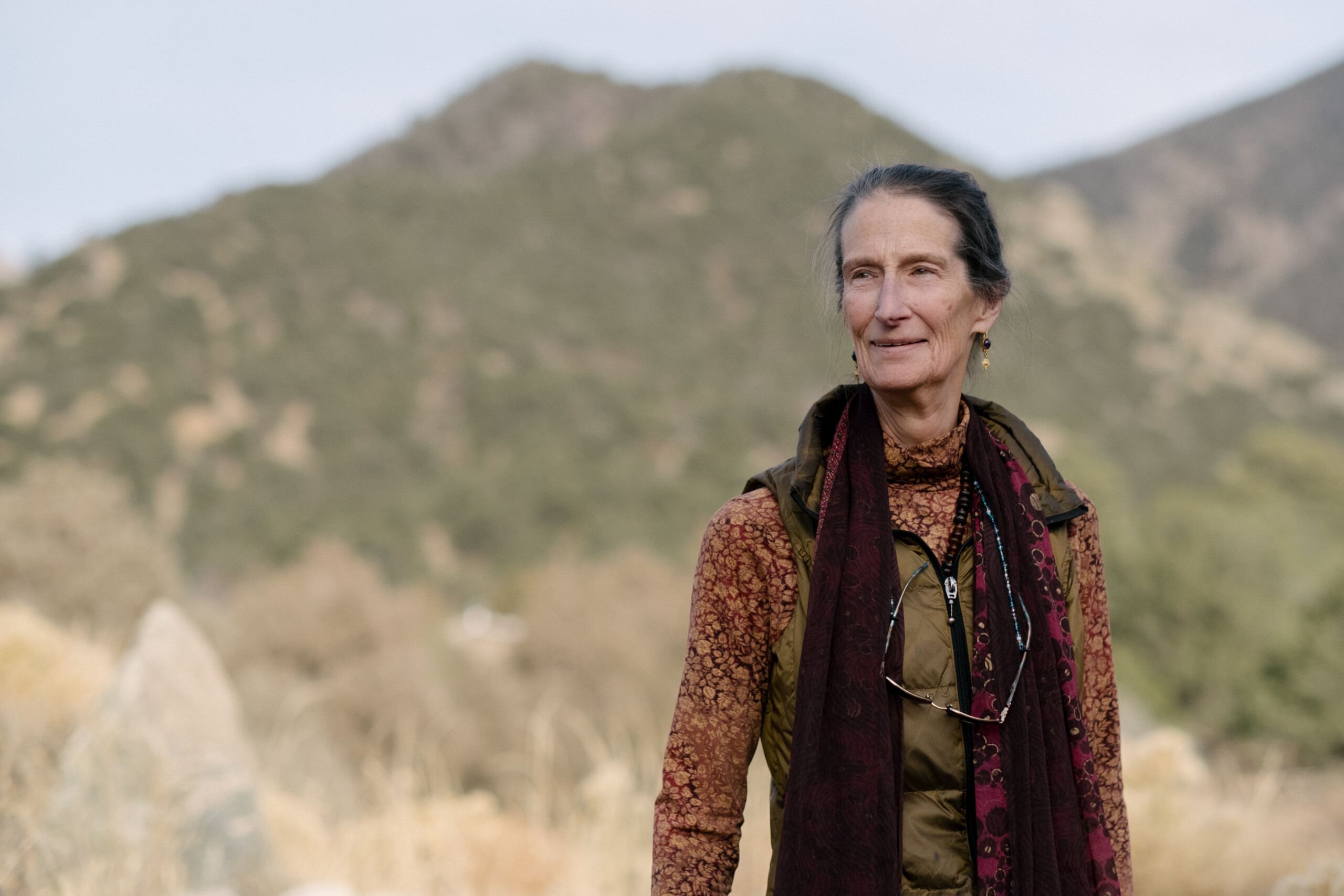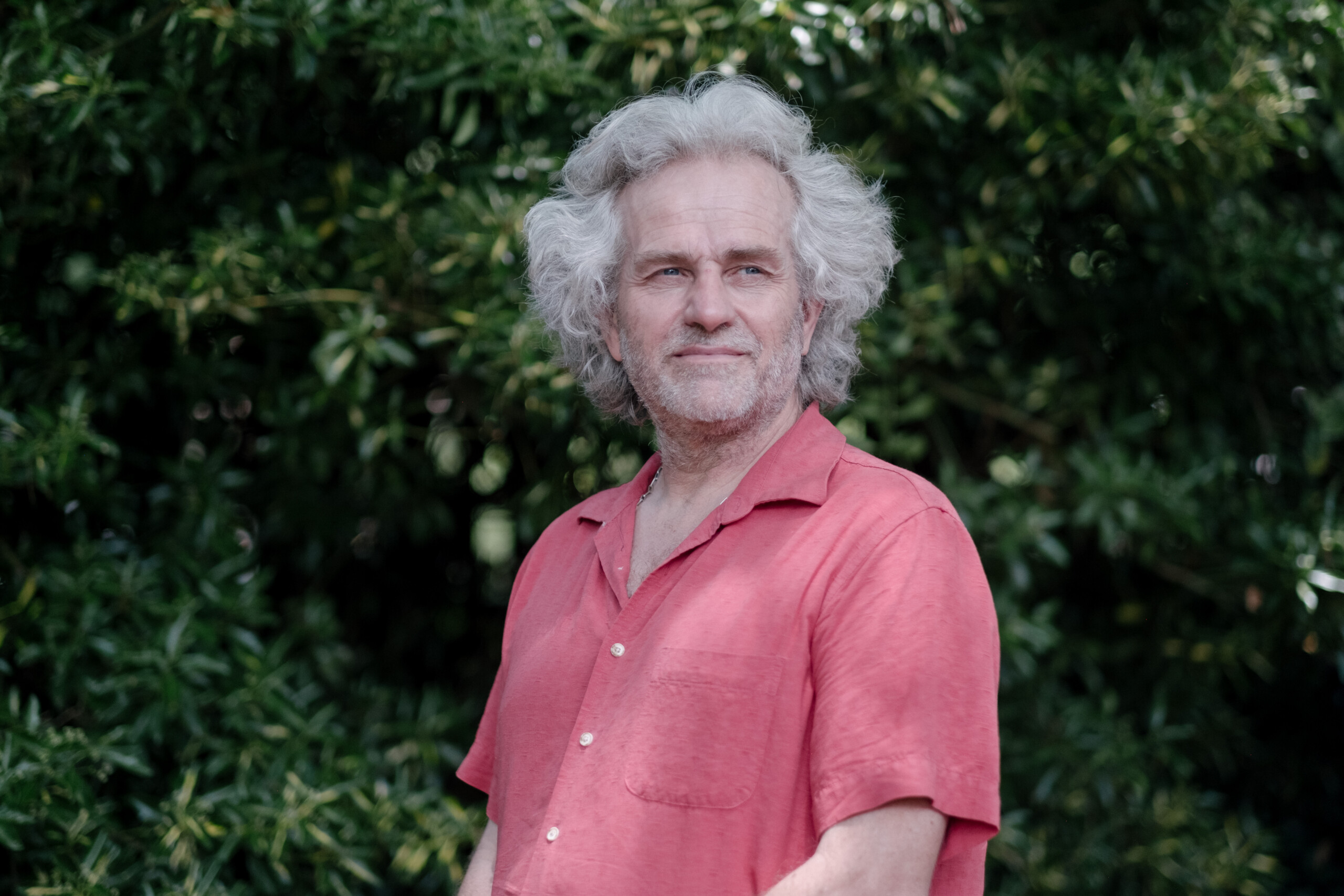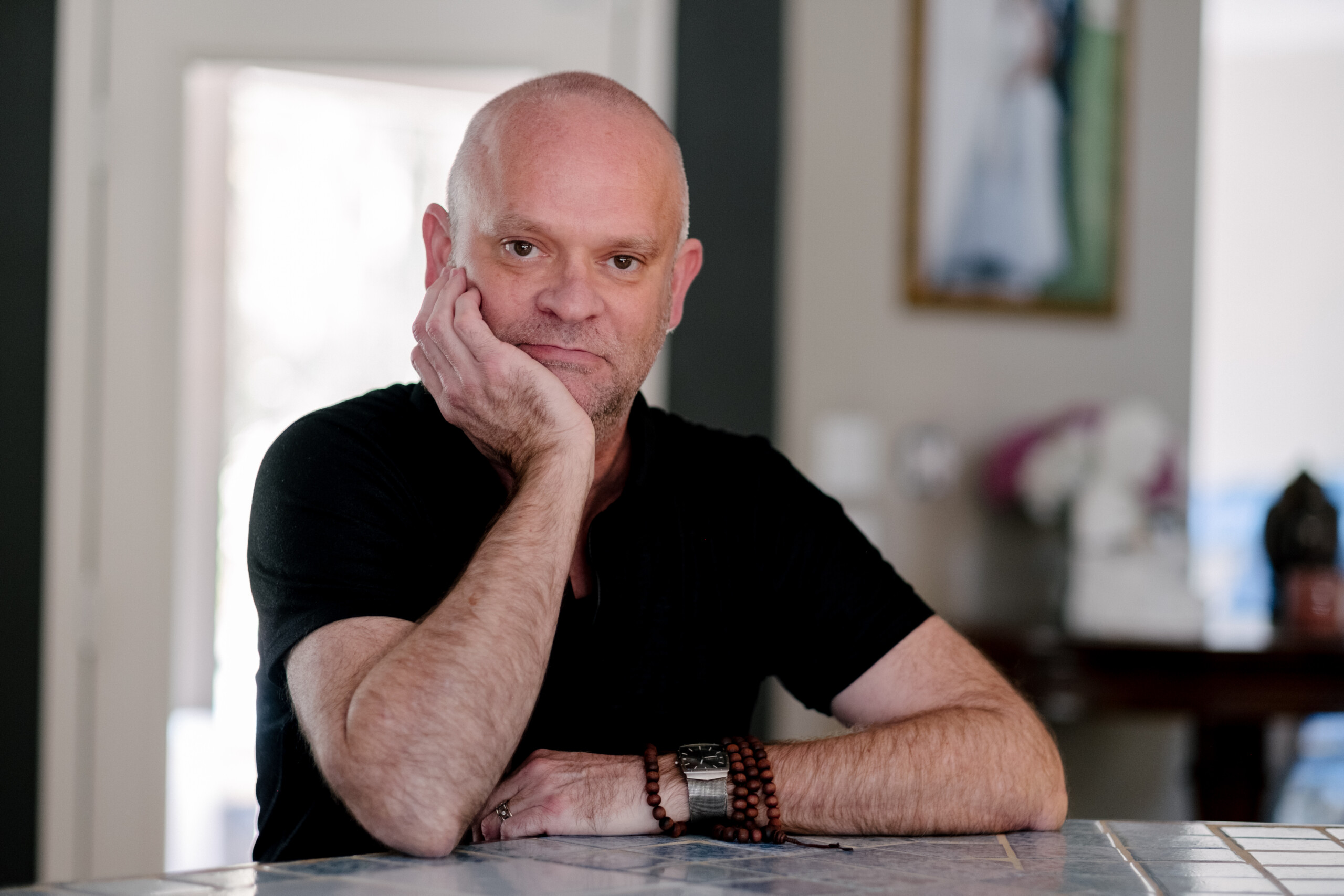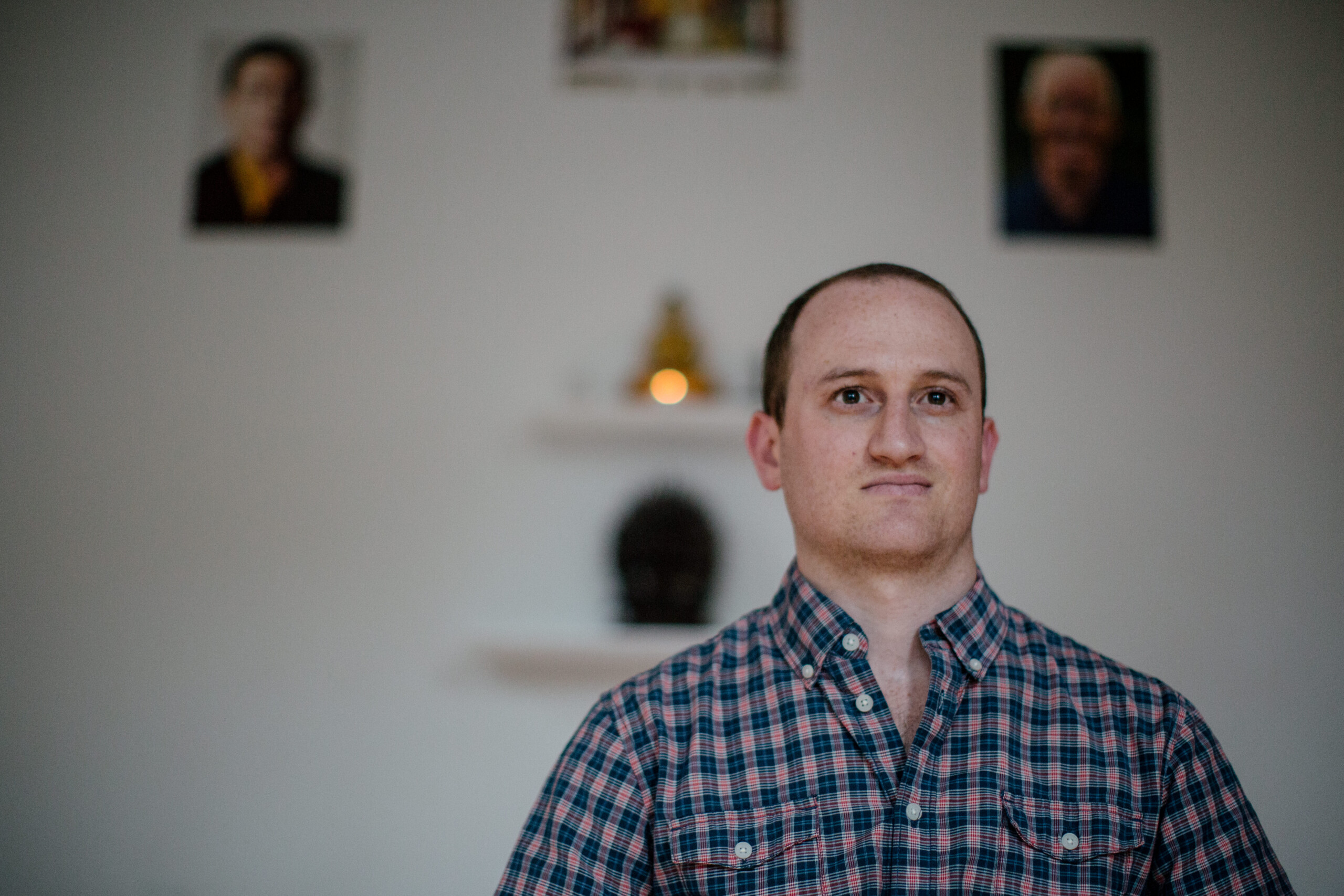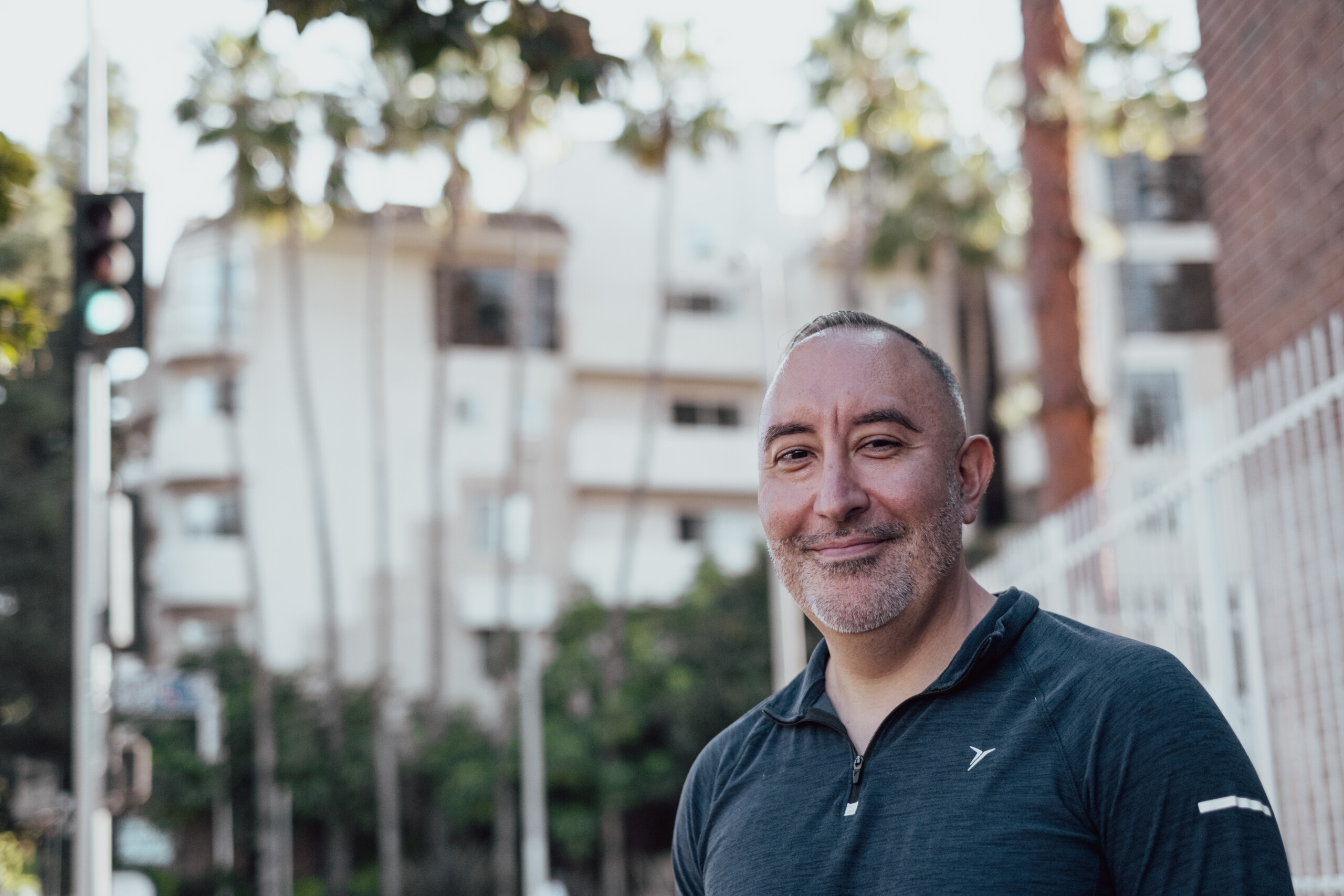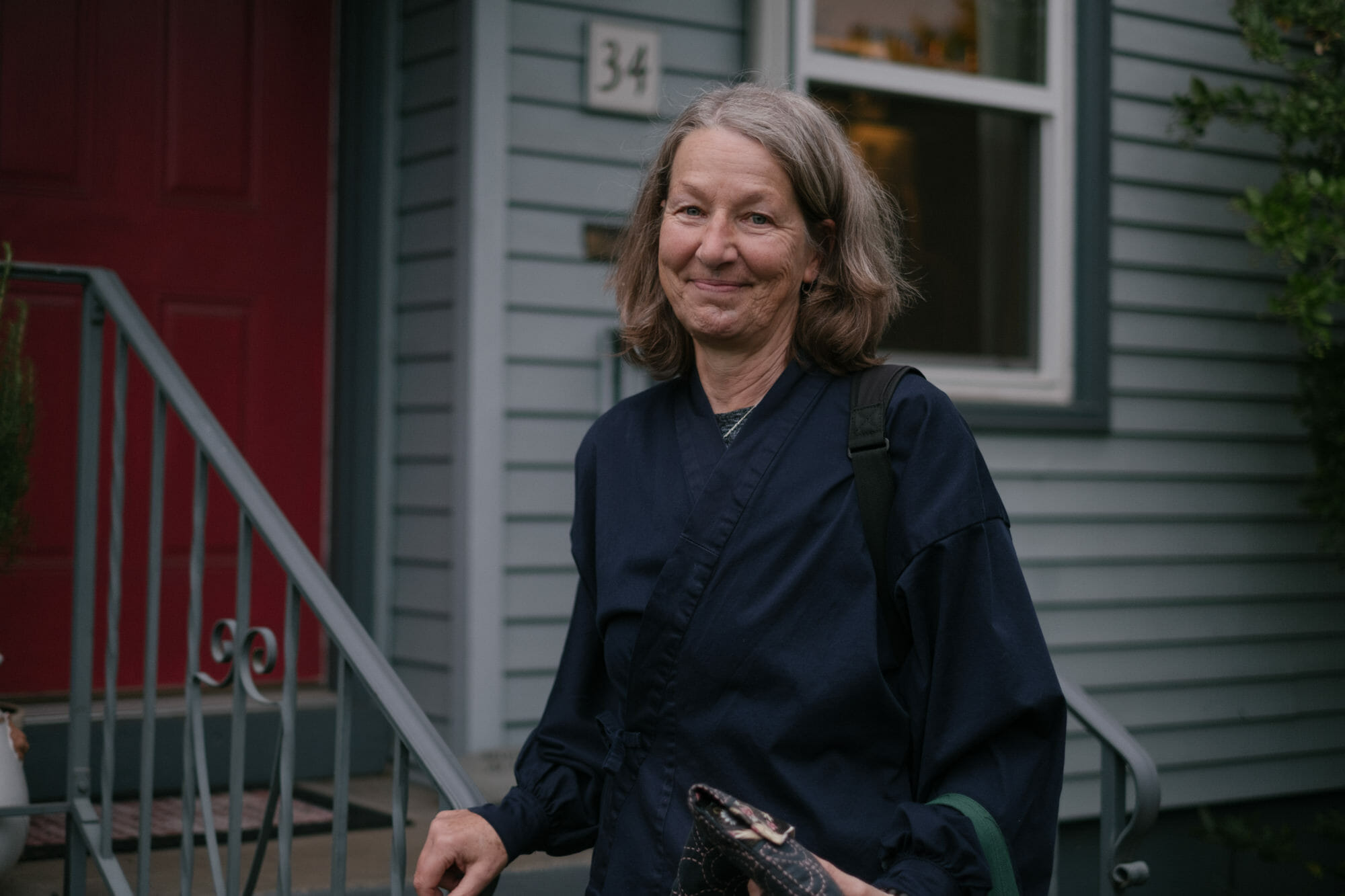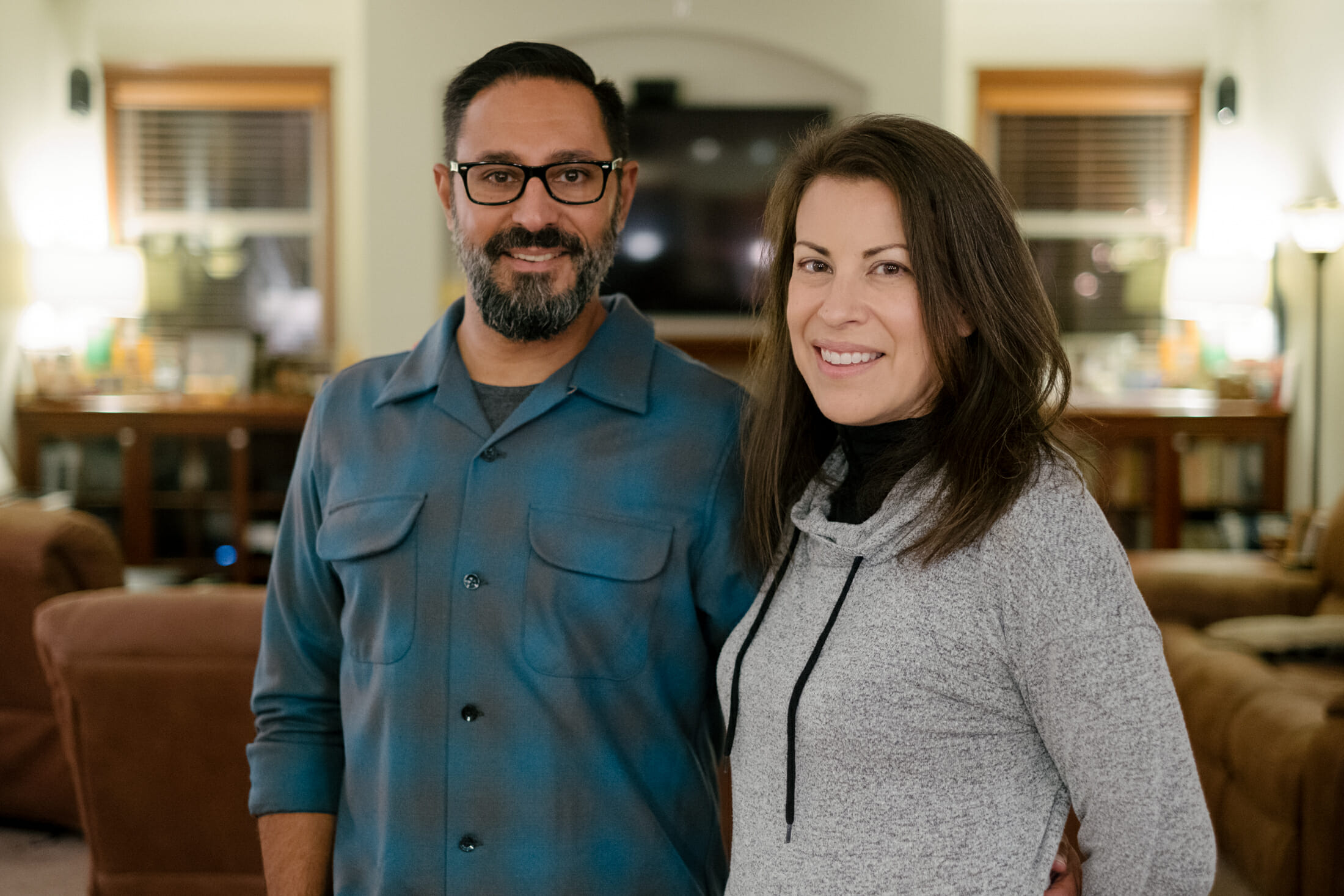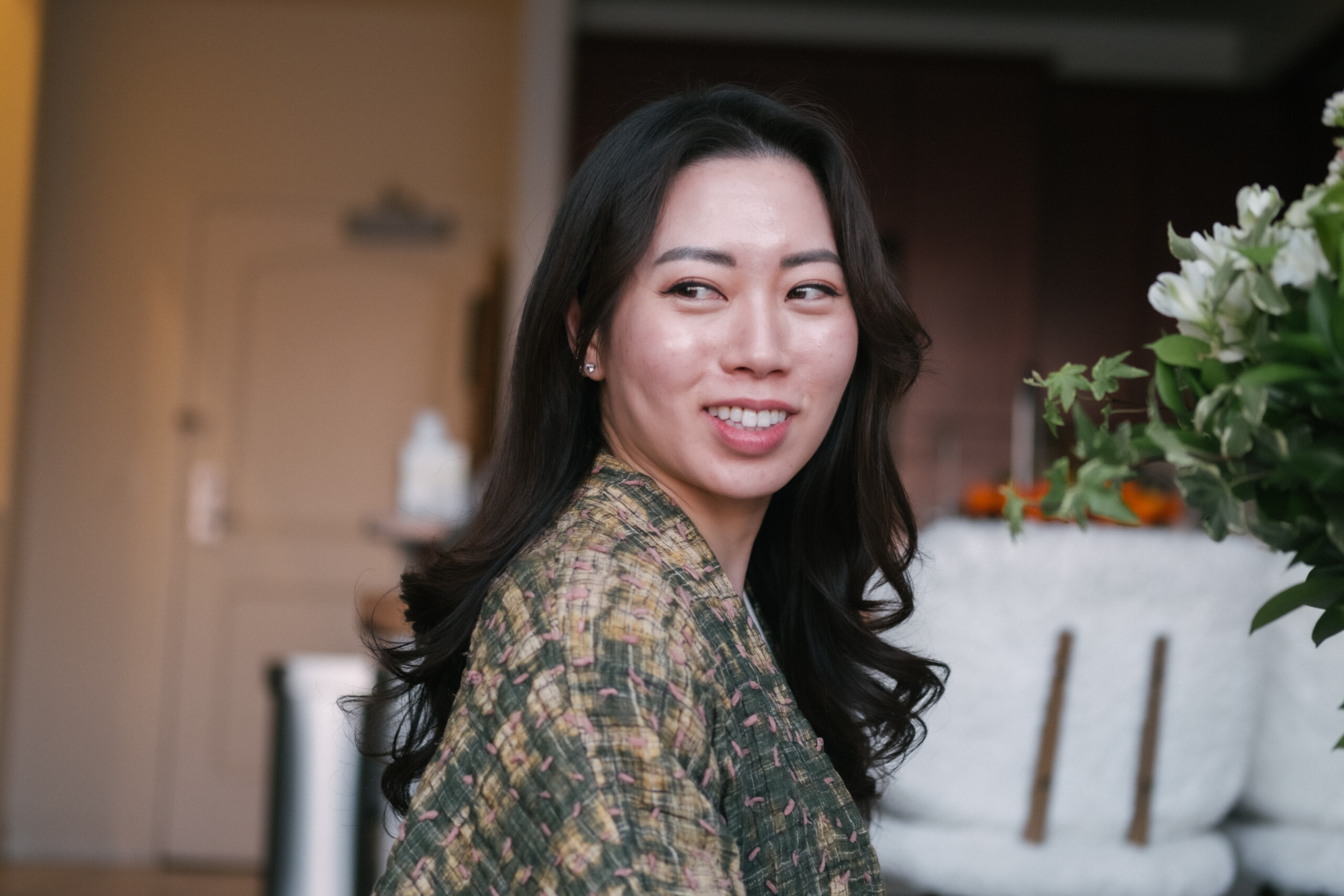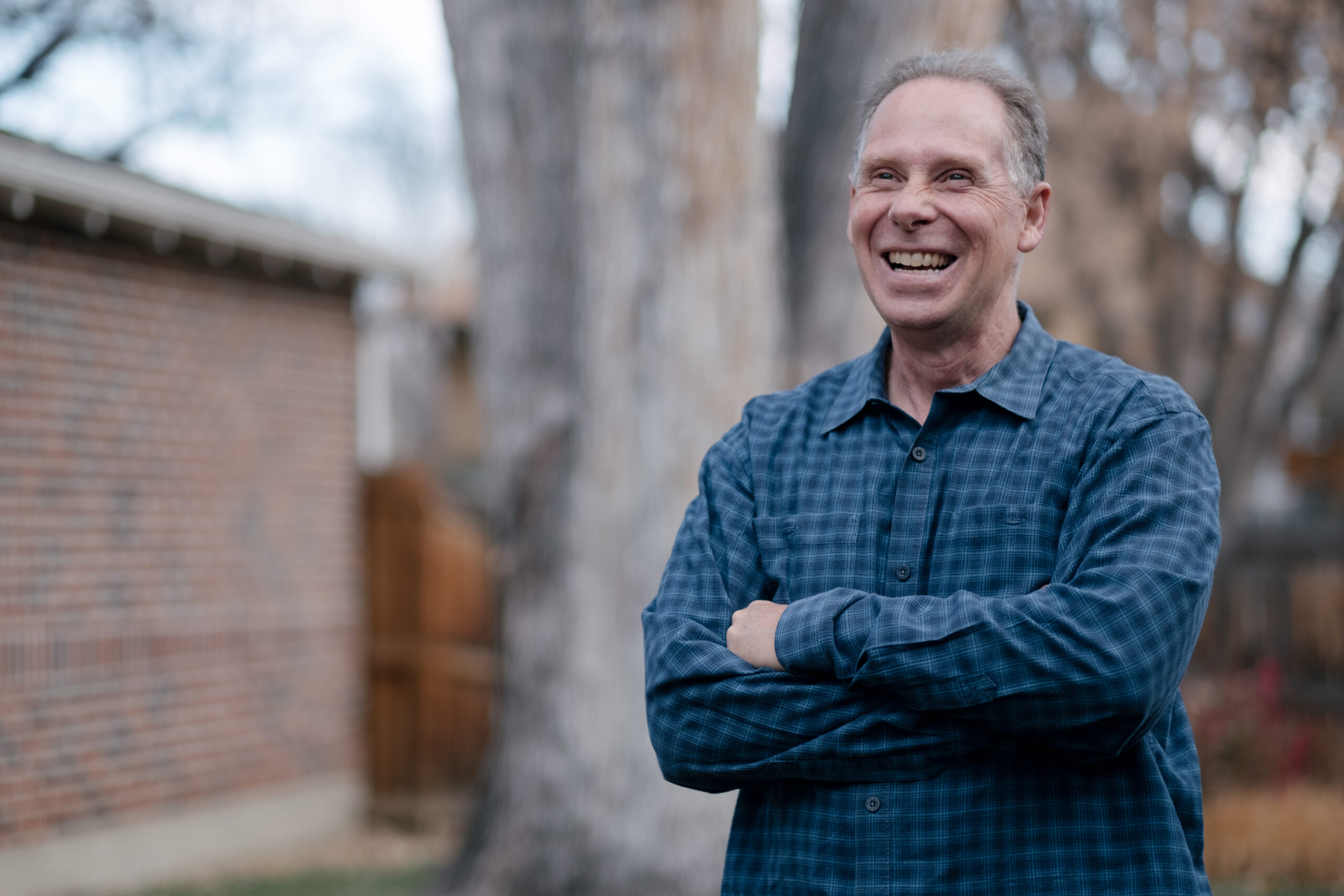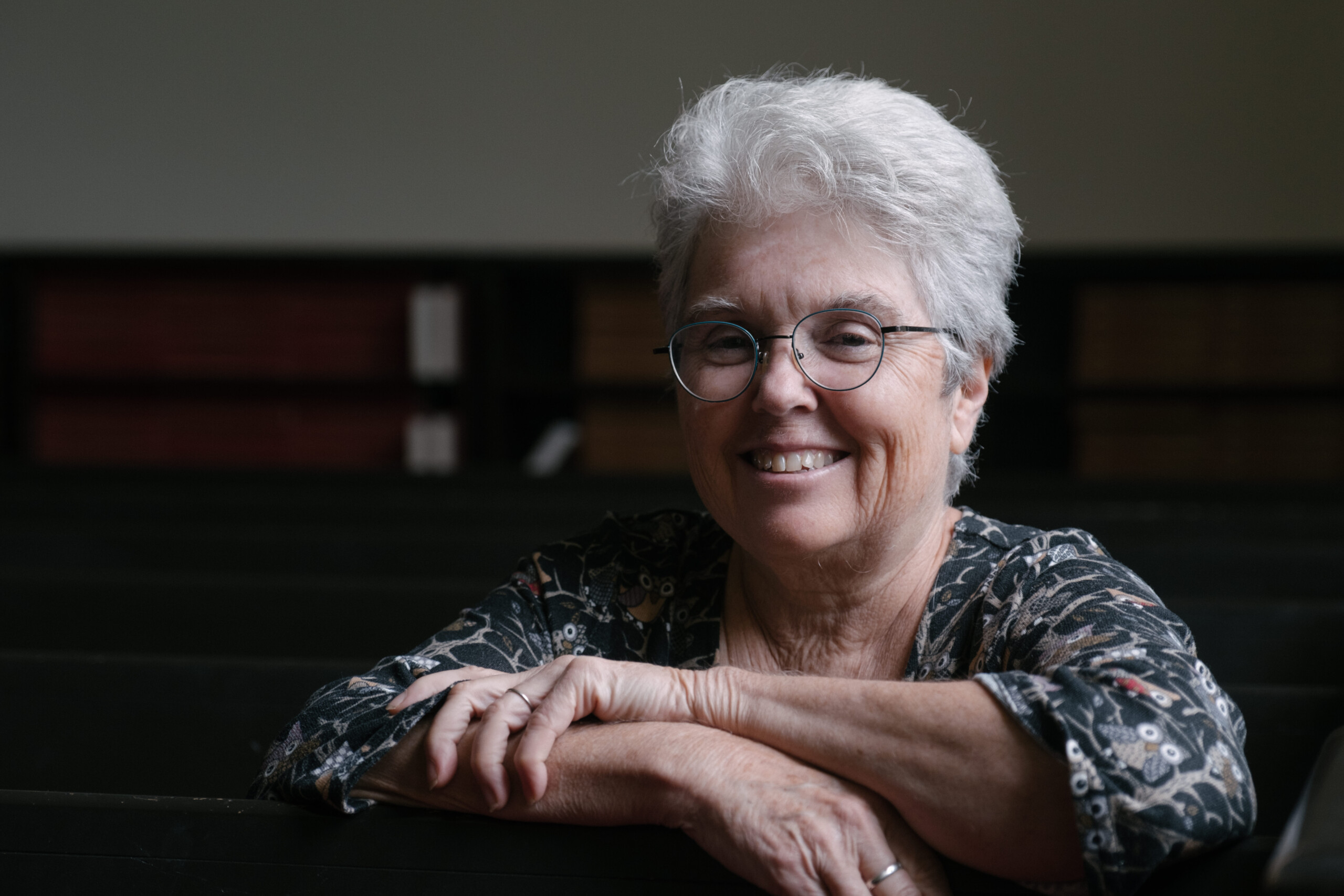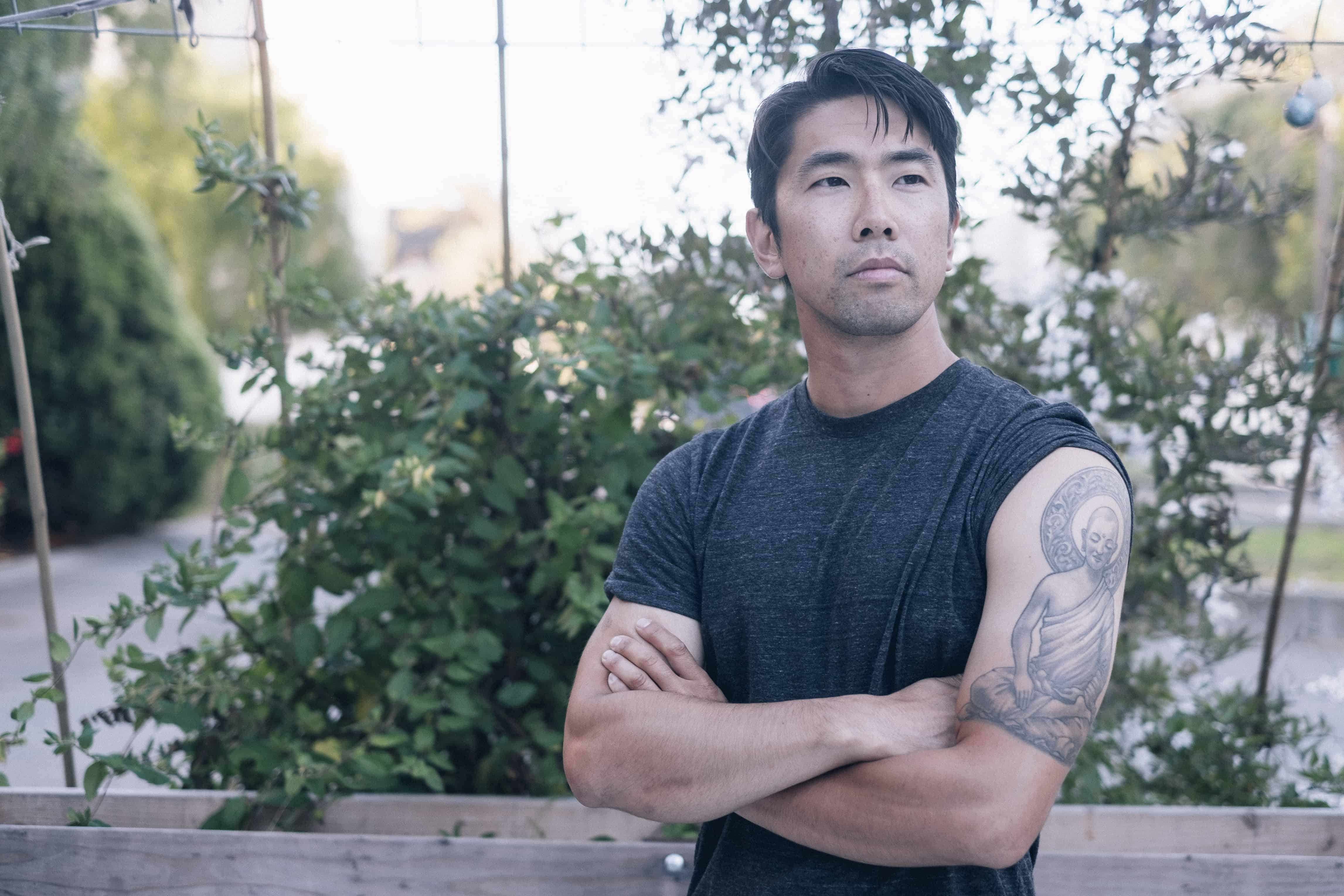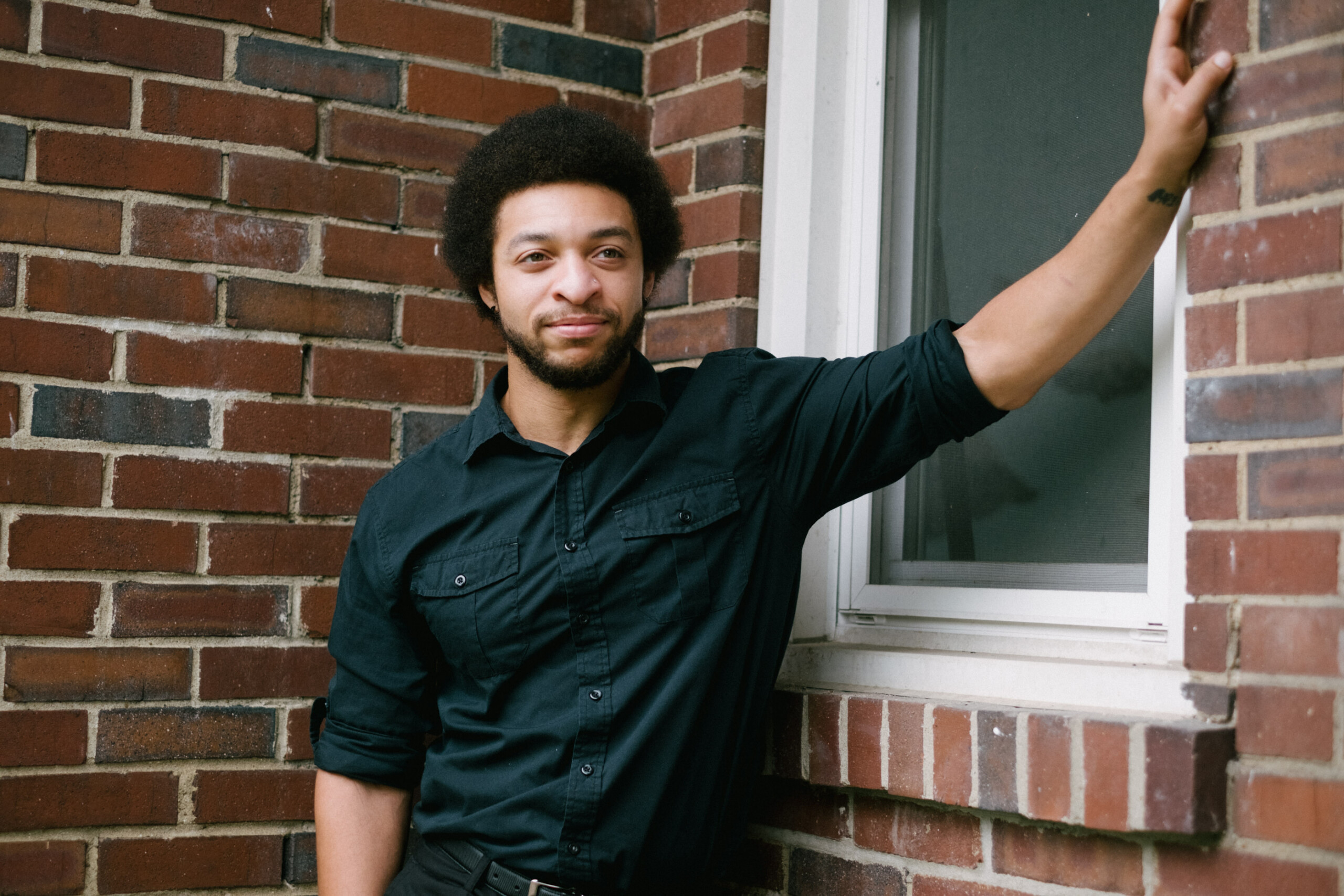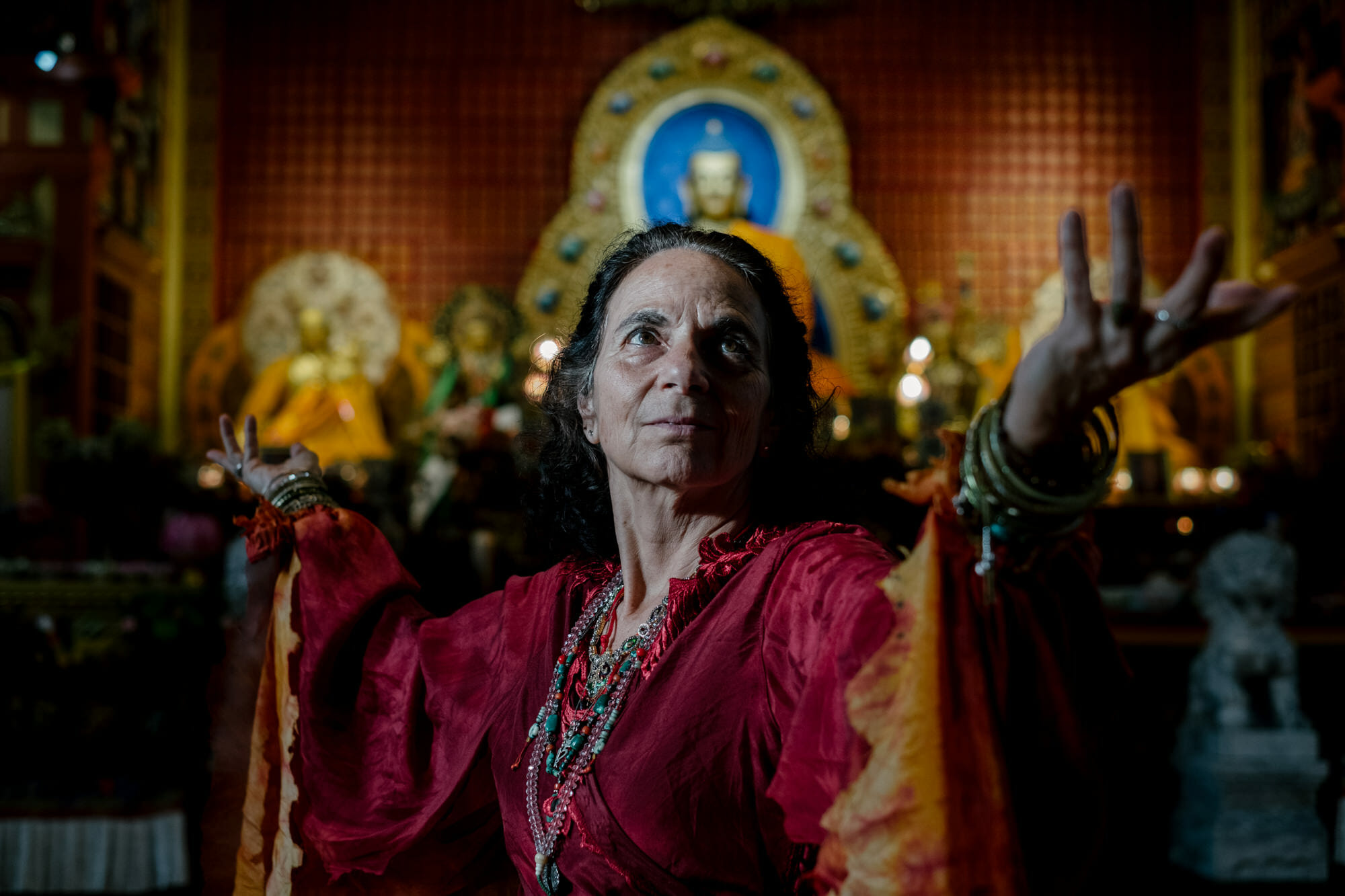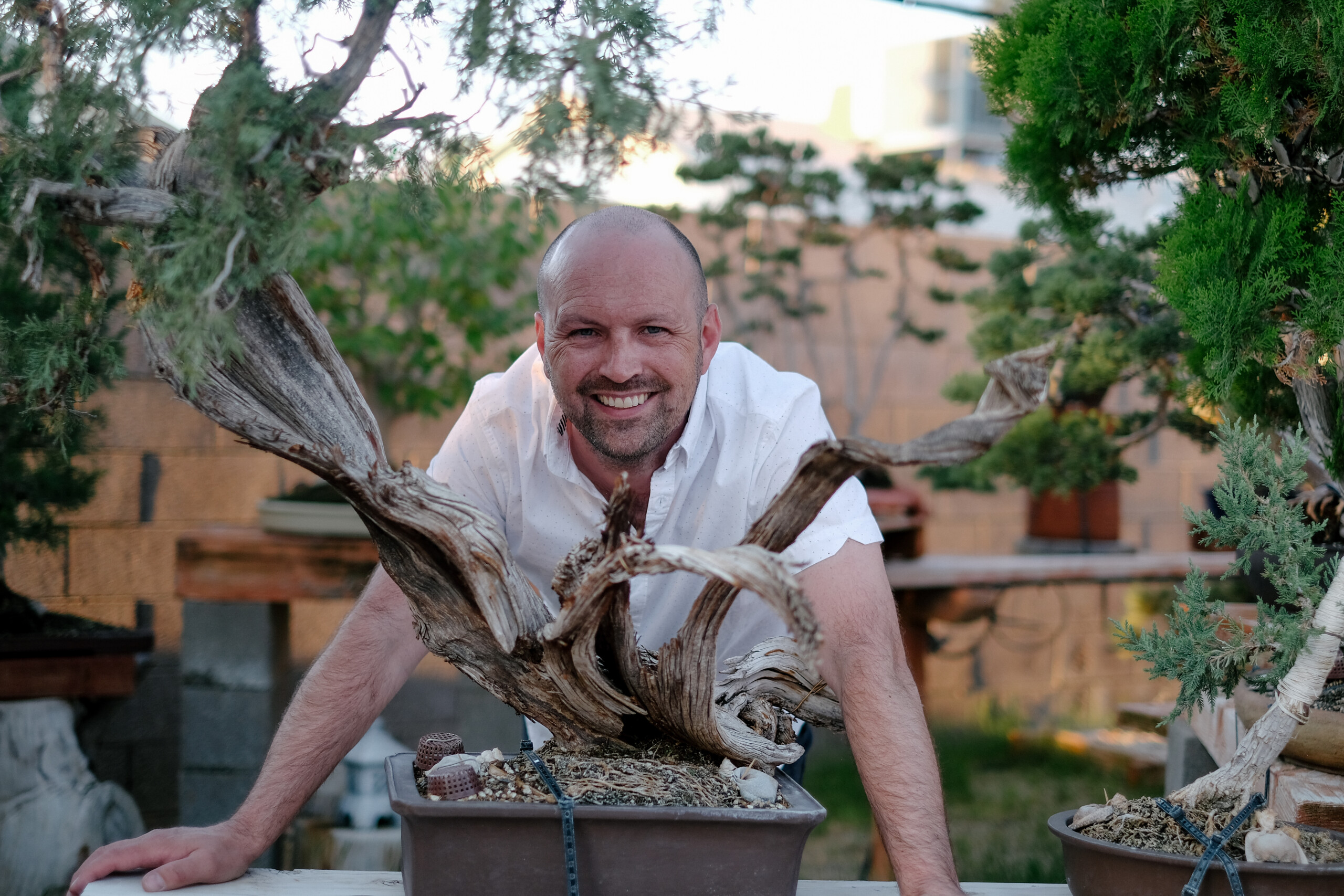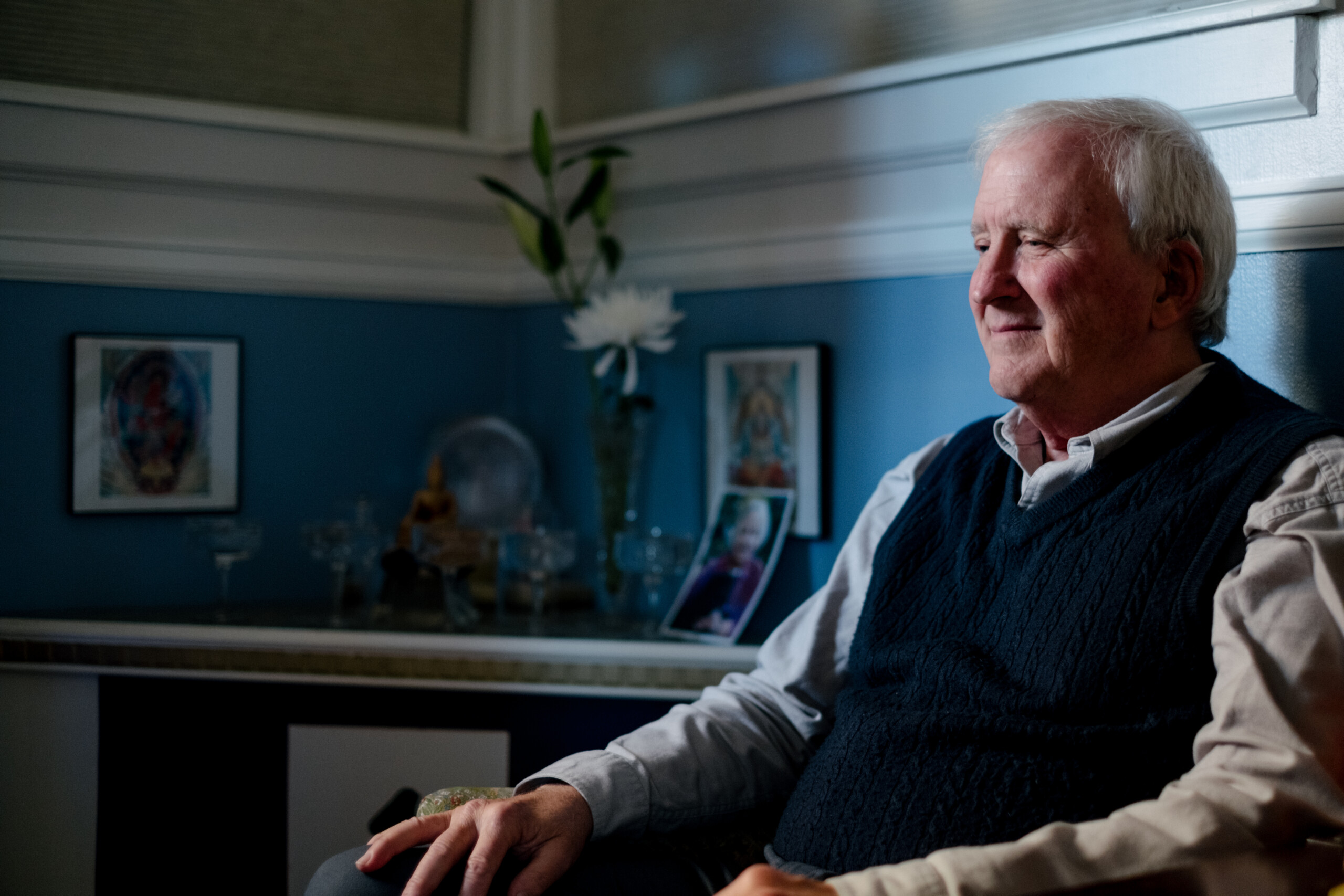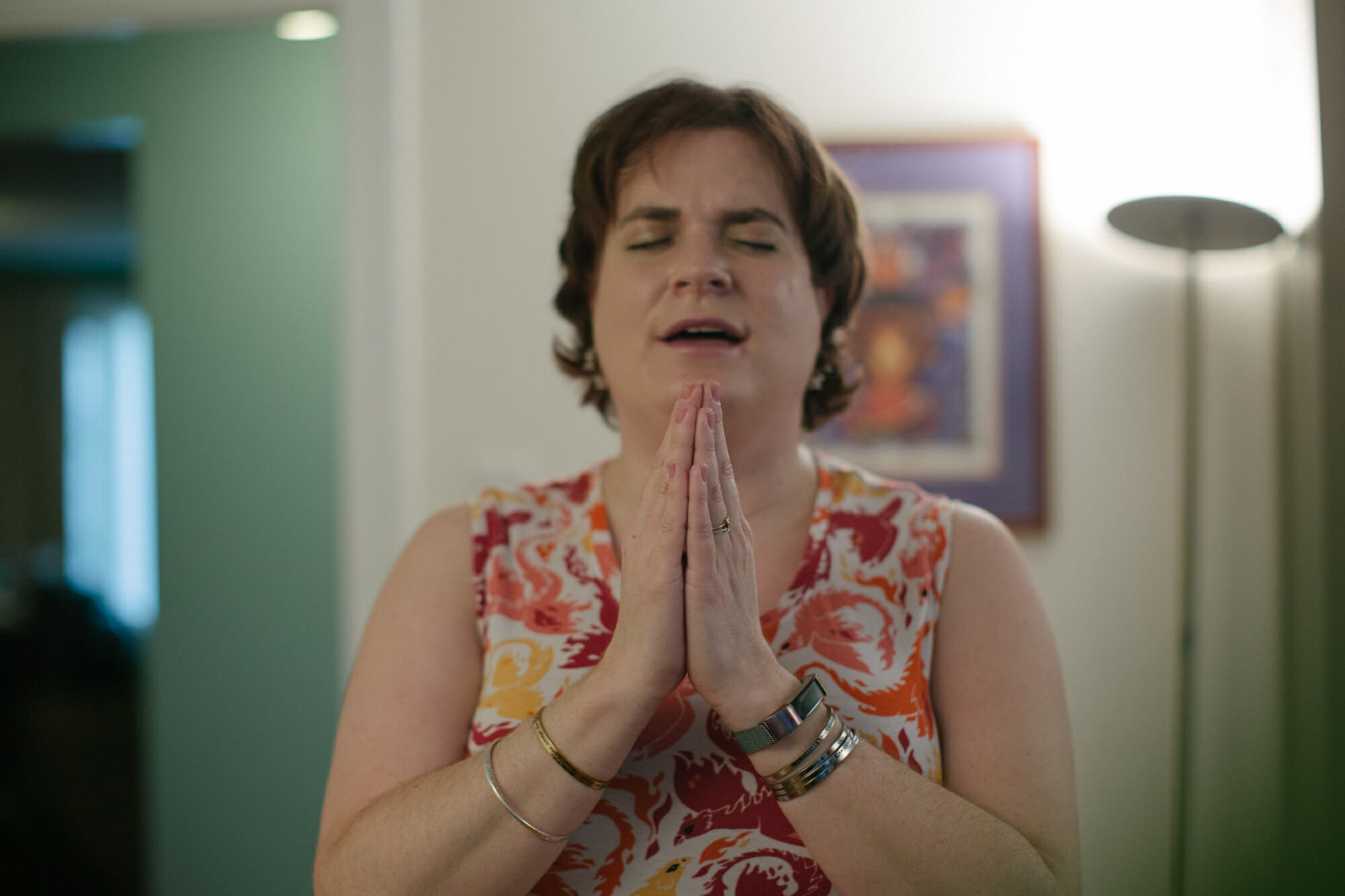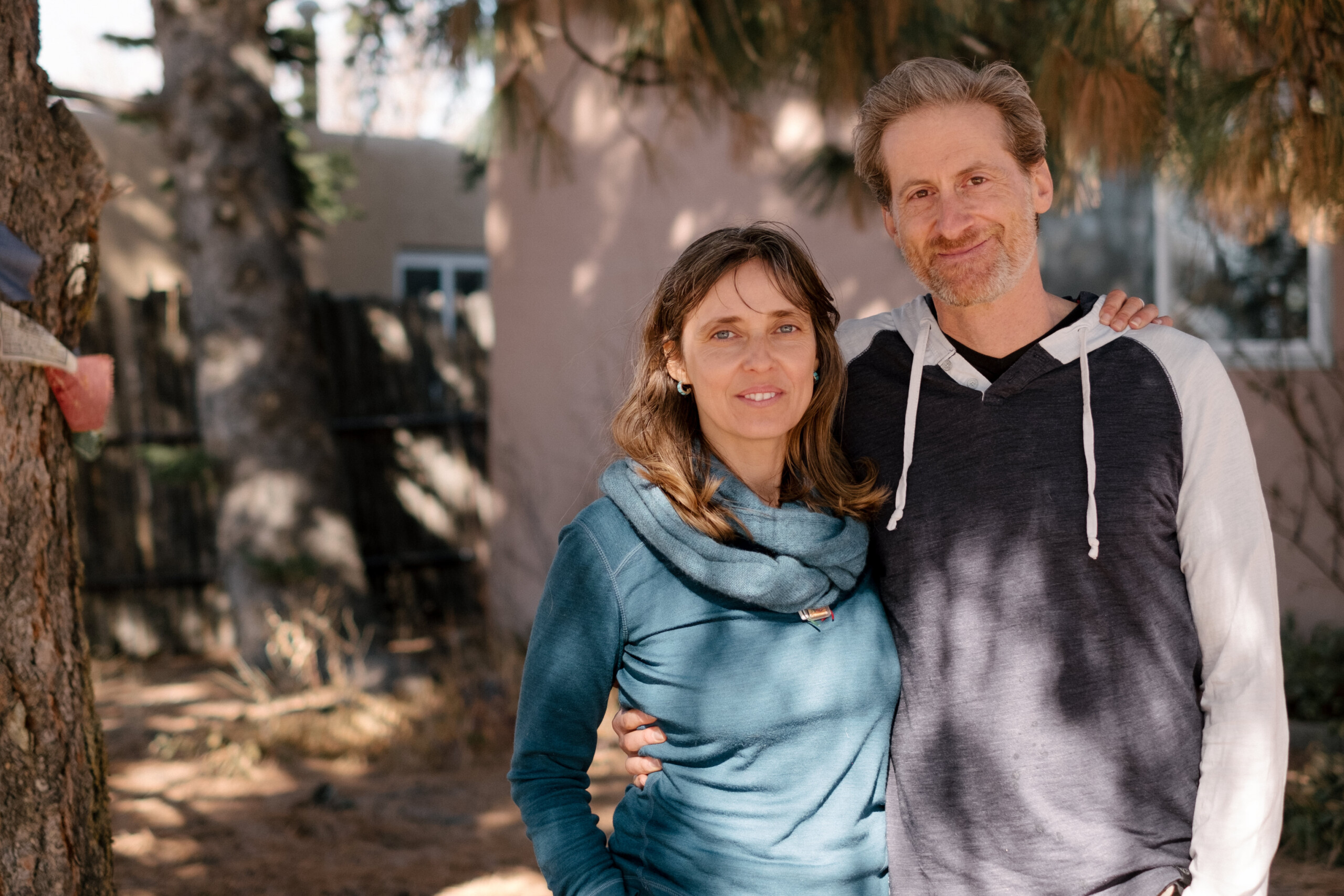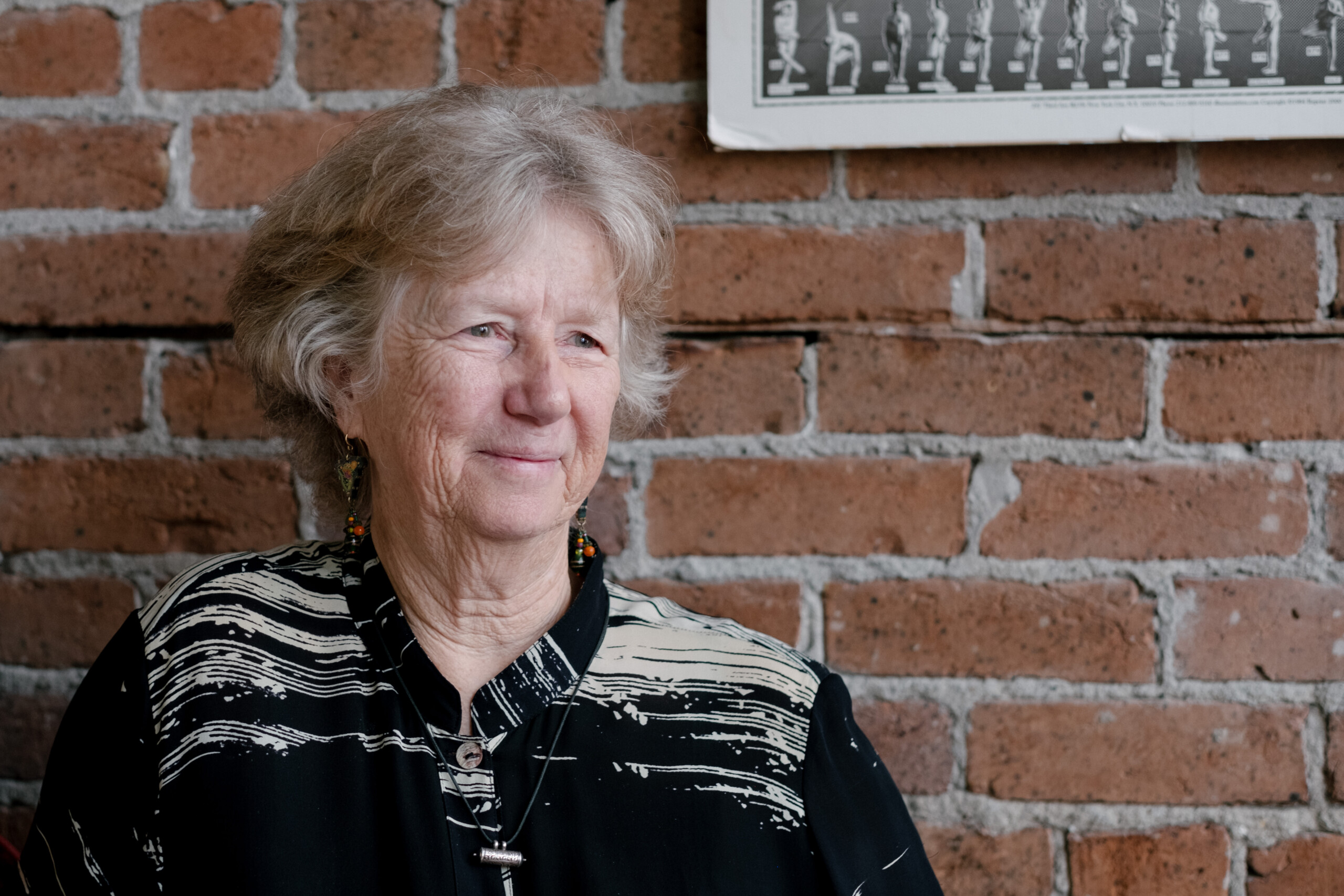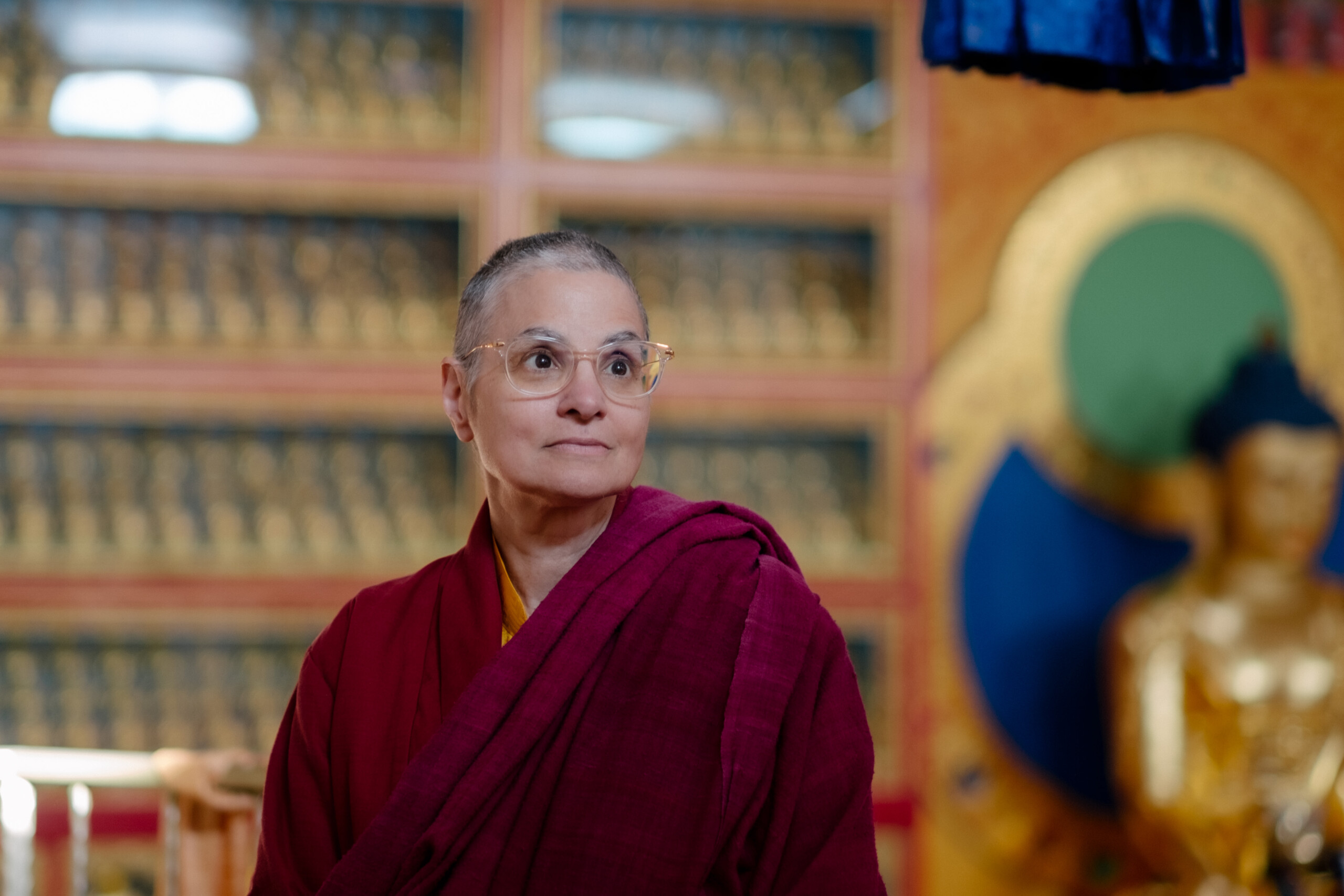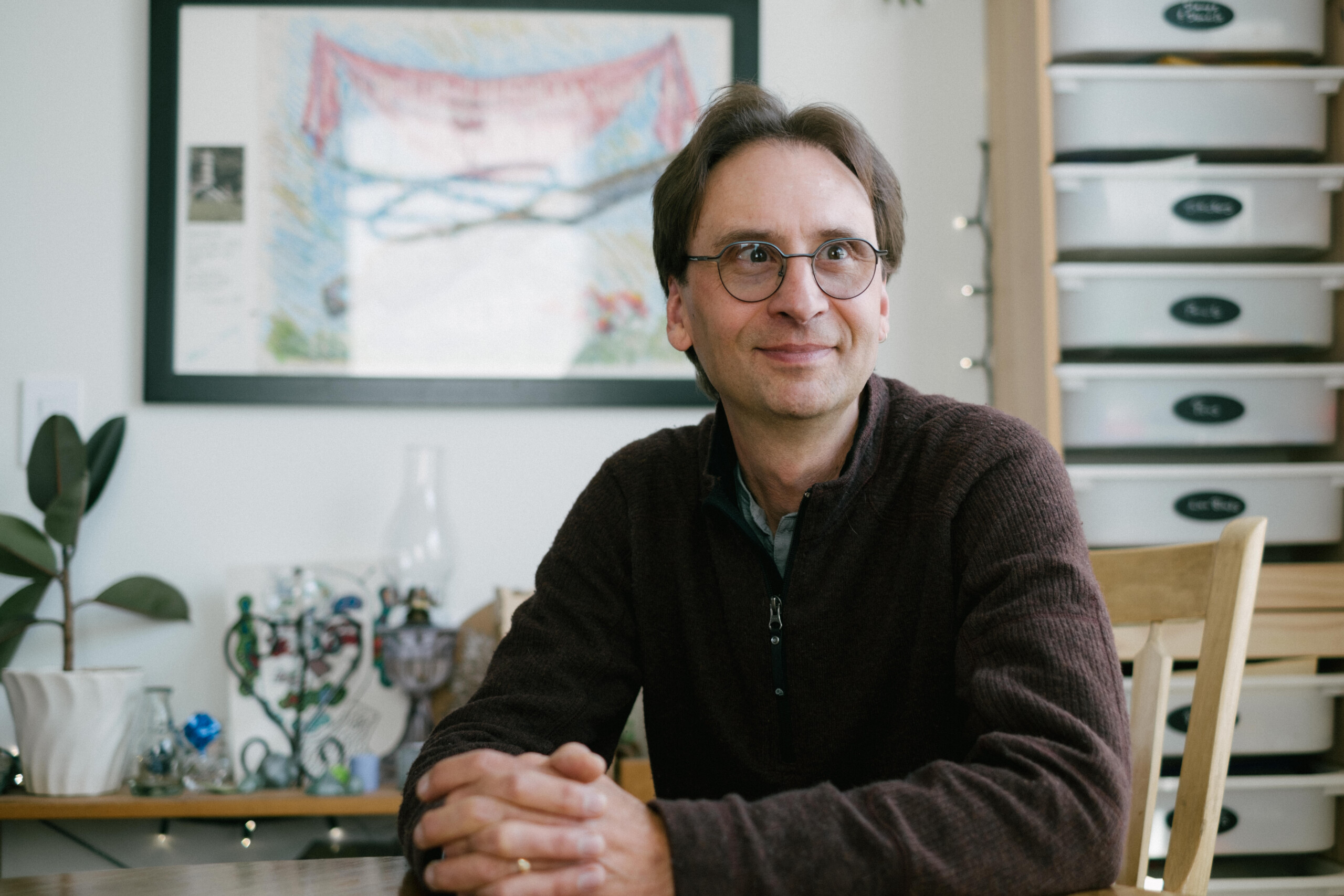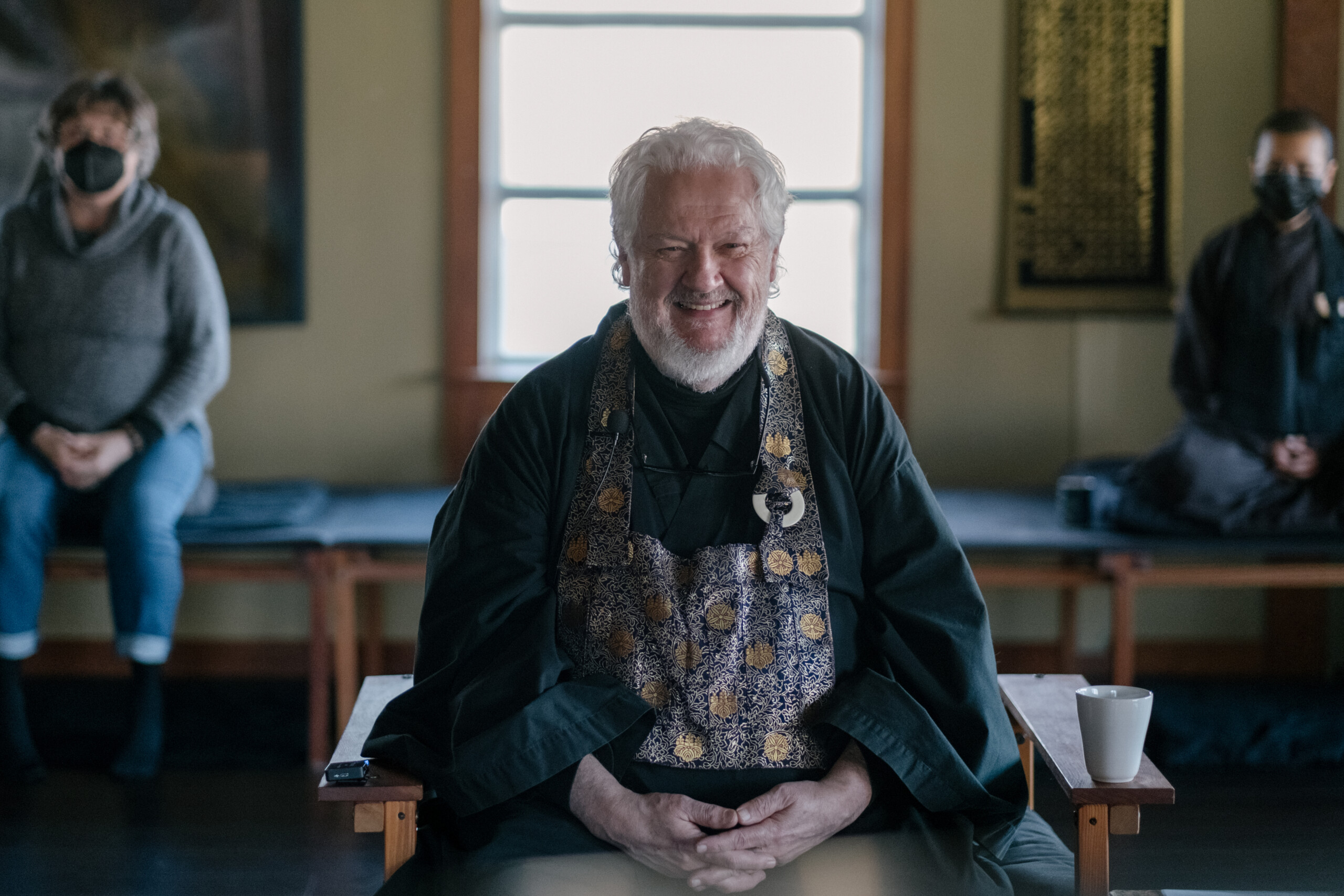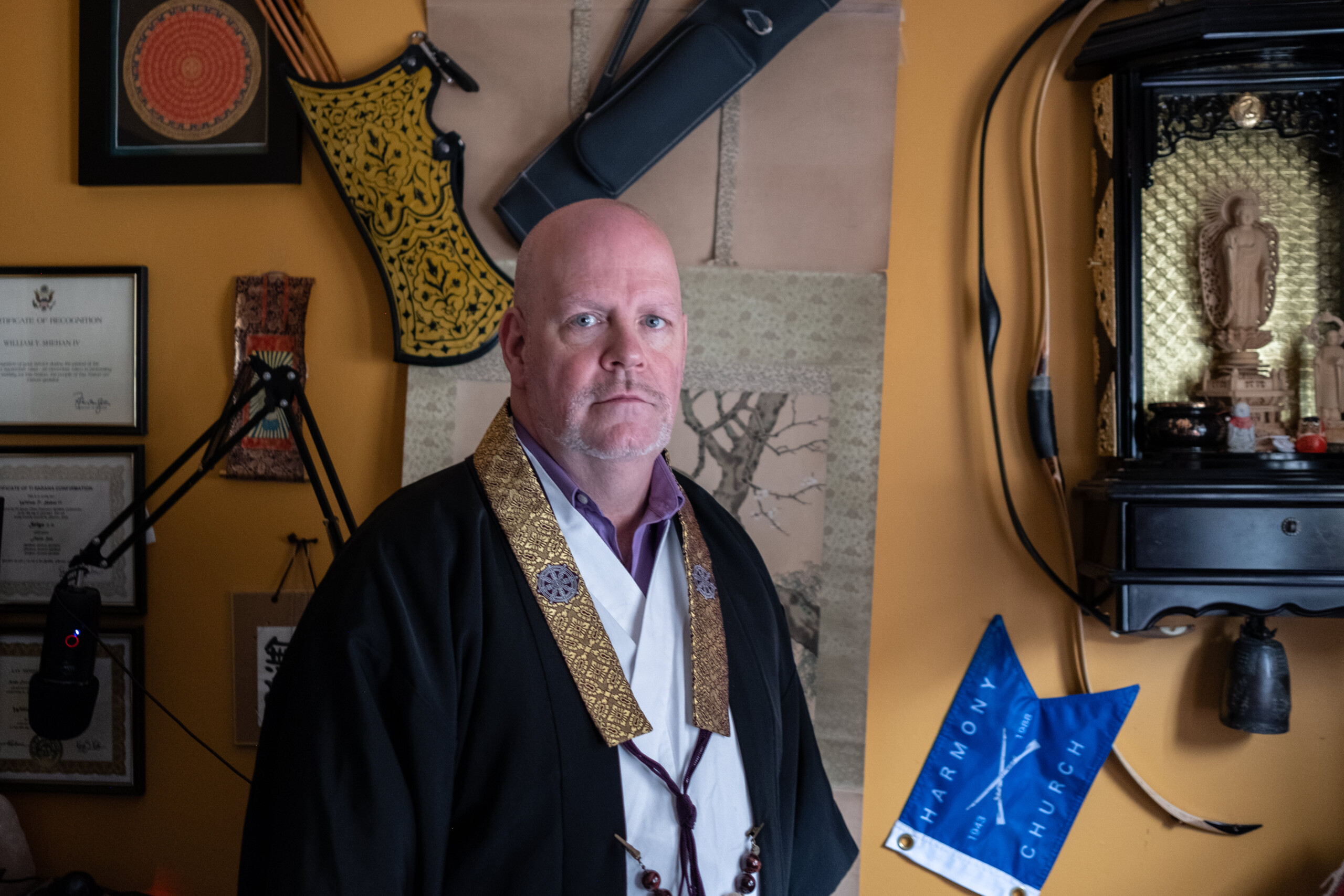Biography
Guo Yuan Fashi is a Buddhist monk trained in Chan Buddhism. In 1985 he first encountered Master Sheng Yen’s teachings while attending a seven-day retreat in New York. He then decided to become a disciple before finally leaving his job in Toronto, Canada, to become a monk in the Chan tradition. He was ordained in 1987 in Taiwan. For over twenty years, he accompanied and became translator to Master Sheng Yen in various Chan meditation retreats in the United States, the United Kingdom, Germany, Switzerland, Russia, and Mexico.
He studied Theravada Buddhism for a year in Thailand in 1991. Upon returning from Thailand, Guo Yuan Fashi was elected abbot of both the Chan Meditation Center (CMC) in Queens and the Dharma Drum Retreat Center (DDRC) in Pine Bush, New York. His responsibilities included attending interfaith services, teaching meditation, and giving lectures on Buddhism. In 2006 he became the director of the International Chan Retreat Center in Dharma Drum Mountain, Taiwan. In 2016 he returned to Pine Bush to become once again the abbot of DDRC. Fluent in Mandarin, Vietnamese, and English, he leads Chan retreat in many countries around the world.
Background
Gou Yuan Fa Shi, born in Vietnam to a Chinese family, recounts a spiritual journey shaped by his mother’s devotion to Buddhism. Despite a playful childhood in temples, he didn’t delve deeply into Buddhism until adulthood. Amidst the Vietnam War, his family moved to Canada, where he felt a sense of freedom and studied, but a void lingered.
Inspiration struck when his elder brother, engaged in Buddhist practice, returned from a retreat led by a teacher named Mrs. Union. Intrigued, Gou attended a retreat in New York, led by Mrs. Union. Her teachings profoundly impacted him, emphasizing a modern interpretation of Buddhism. Encouraged by his brother, Gou eventually joined a monastery.
Life as a monk presented challenges, and he struggled during the absence of his teacher. Yet, through various teachings and interactions, Gou learned valuable lessons on mindfulness, humility, and inner reflection. His teacher’s humorous yet profound approach guided him in becoming a mindful leader.
After the teacher’s passing in 2009, Gou continued spreading Buddhist teachings globally. He faced challenges finding a suitable retreat center but eventually established the Dharma Drum Retreat Center, aiming to serve English-speaking individuals. Gou’s journey reflects a continuous pursuit of spiritual growth, guided by his teacher’s wisdom and compassionate teachings.
Deepening
Gou reflects on his early exposure to Buddhism through family rituals, initially perceiving it as superstitious. His understanding evolved under the guidance of a teacher, who emphasized the profound teachings beyond rituals. Gou struggled with language barriers in conveying these teachings but realized the importance of deepening his own practice and studying Buddhism.
Following his teacher’s passing, Gou took on the responsibility of caretaking and studying Buddhism further. He delved into his teacher’s books, finding simplicity in language with profound meanings. Gou acknowledges the challenges of limited manpower in running the center but expresses gratitude for the growth of Buddhism, especially in the West.
Gou, embracing the Chan tradition, highlights the advantage of directly using Chinese, but he acknowledges the need for translation to make the teachings accessible. He emphasizes the importance of accurate translation to prevent misunderstandings. Gou shares an anecdote of an ambassador who found Buddhism through English translations, emphasizing the role of language in deepening understanding. Despite his own linguistic challenges, Gou remains committed to conveying teachings accurately, striving to improve his English for effective communication.
Lineage
Gou discusses the teachings received from their teacher, highlighting two lineages: the Caodong and the Linji. The method taught in the Caodong is called Silent Illumination, emphasizing relaxation of the mind and body as a foundation. Gou underscores the importance of settling the mind before progressing to deeper levels, explaining two approaches to breath meditation: calming the breath and following it through the nostrils.
The Silent Illumination method involves just sitting, being aware of one’s presence without unnecessary thoughts. Gou emphasizes the need for a clear mind and relates it to the impermanence of life. He delves into the core teachings of impermanence, suffering, emptiness, and no-self, stressing the importance of daily life practices.
Gou introduces the method of inquiry from the Linji, focusing on the Buddha nature and one’s original face before birth. He mentions the significance of wanting to know without analytical thinking and the necessity of a foundation in relaxation and breath methods. Gou concludes by emphasizing the synergy of good conduct, meditation, and wisdom in the practice of Silent Illumination and inquiry.
Motivation
Gou reflects on people’s initial motivations for pursuing the path of balance between body and mind. Some find satisfaction at the plateau of tranquility, appreciating the benefits in their lives. However, Gou emphasizes that others, driven by a deeper longing, continue their journey through more extensive studies and intensified practice. While some may find contentment at the plateau of oneness with mind and body or unity with the environment, Gou stresses that this is not the ultimate goal.
Gou delves into the concept of enlightenment, simplifying it as the realization that the ego or self is absent. He underscores the need for continuous effort and exploration, challenging the notion that reaching a blissful state is sufficient. Gou encourages a commitment to the practice, even for those who may have temporarily diverted from it, emphasizing the importance of understanding one’s Buddha nature and original face. Despite the modern tendency to disregard thoughts of the next lifetime, Gou asserts that the practice should persist, ensuring spiritual growth and avoiding regression.
Awareness of the dharma
Gou addresses the challenges faced by the community, emphasizing the lack of manpower and the need to pass down teachings to younger generations. The effort to make the teachings more accessible to local and English-speaking people, including individuals from various countries and backgrounds, is a work in progress. Despite attempts to cater to diverse preferences, Gou acknowledges the ongoing need for improvement, especially regarding the variety of food provided during retreats.
The facilities, including separate areas for males and females, are structured based on the existing setup. Gou explains that while they can consider more neutral arrangements, the current design is not intended as discrimination but a practical approach to accommodate convenience and tradition. Gou highlights the importance of adapting to modern society while working within the constraints of the established infrastructure.
Student Teacher Relationship
Gou reflects on the varying teaching styles employed by different instructors, both in ancient and modern times. While ancient teachers might have used more direct and powerful methods, the fast-paced and tense nature of modern life necessitates a gentler approach. In the present, the emphasis is on helping students build a strong foundation through relaxation before delving into deeper practices. Gou acknowledges the diversity in teaching methods, recognizing the importance of ensuring that students not only receive the teachings but also genuinely benefit and understand them. There is a call to collectively work on enhancing the students’ ability to engage more deeply with both teachings and practices.
Cultural Observations
In Gou’s travels to various places like England, Europe, Poland, and Mexico, he notices a universal craving for Buddhist teachings. Recognizing that human needs are fundamentally similar, regardless of cultural differences, the teachings offer valuable tools for reducing vexations and alleviating suffering. Gou emphasizes the importance of practicing to achieve psychological balance, mental calmness, and positive thinking. In a world seemingly filled with turmoil and challenges, he advocates for the teachings to help individuals navigate and properly adjust to the circumstances they face.


